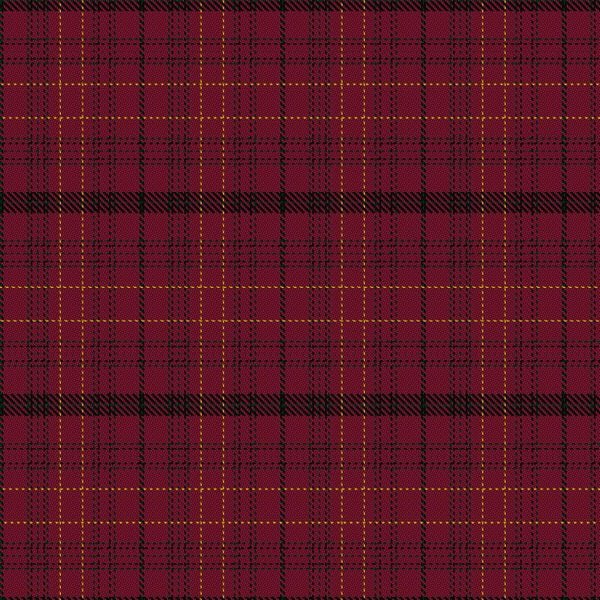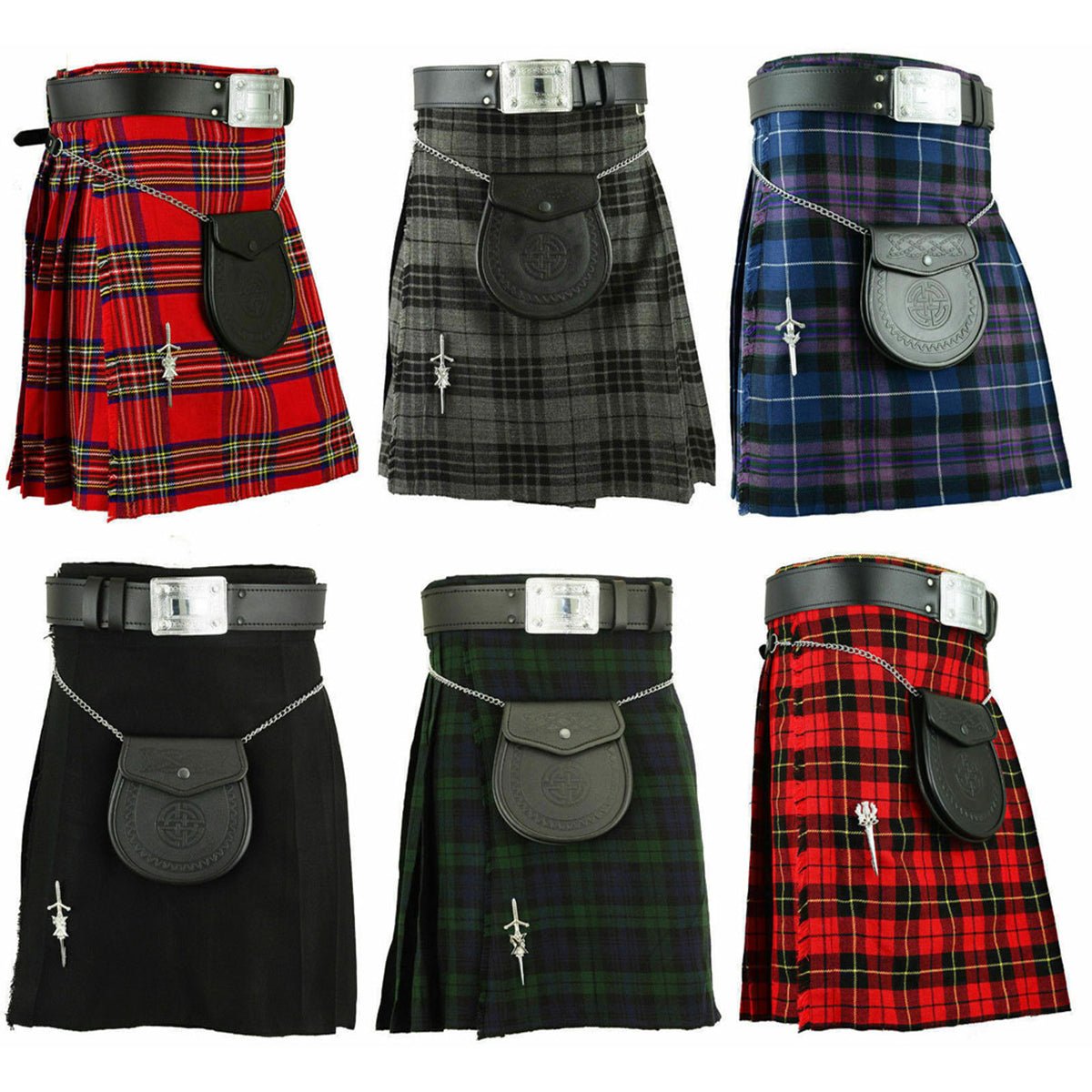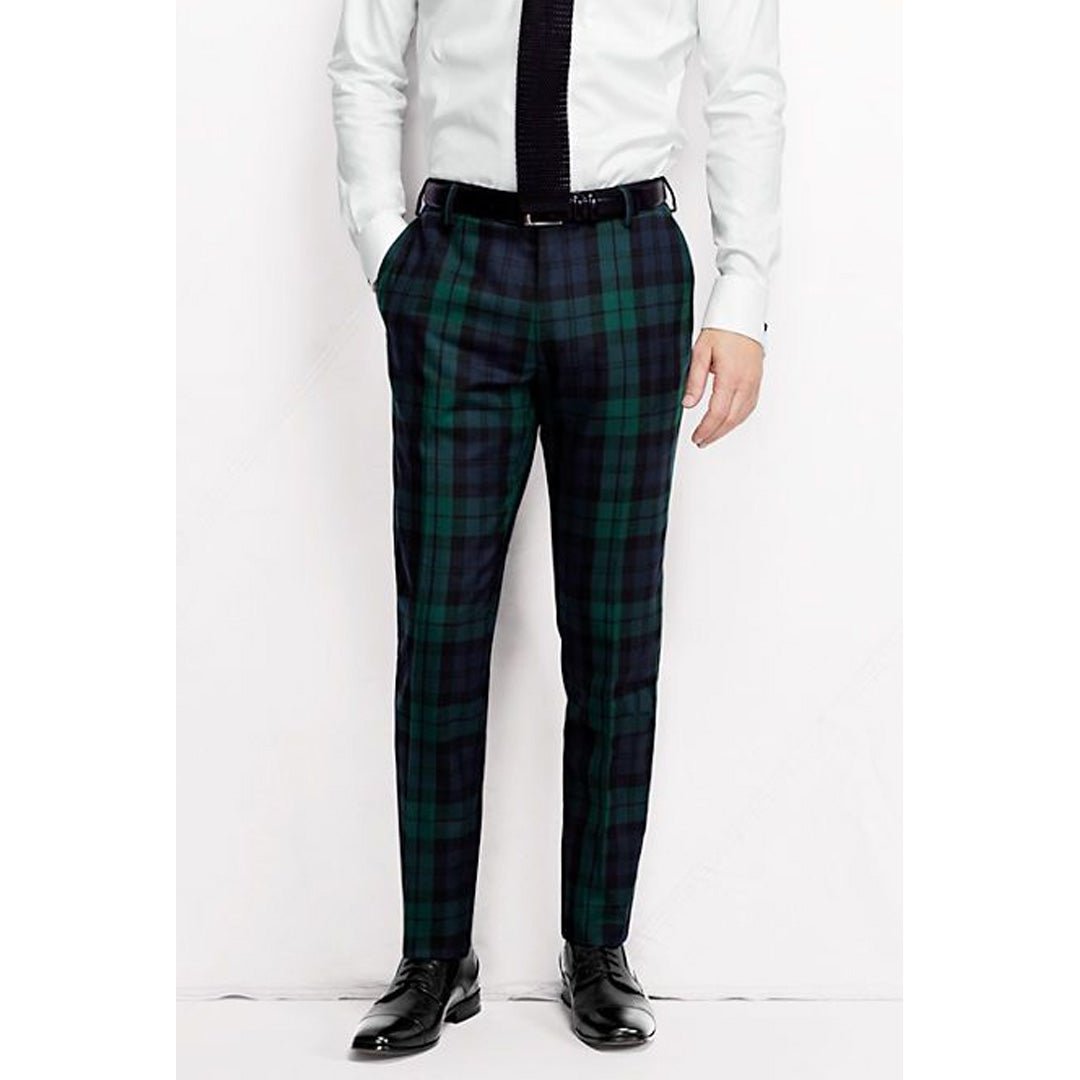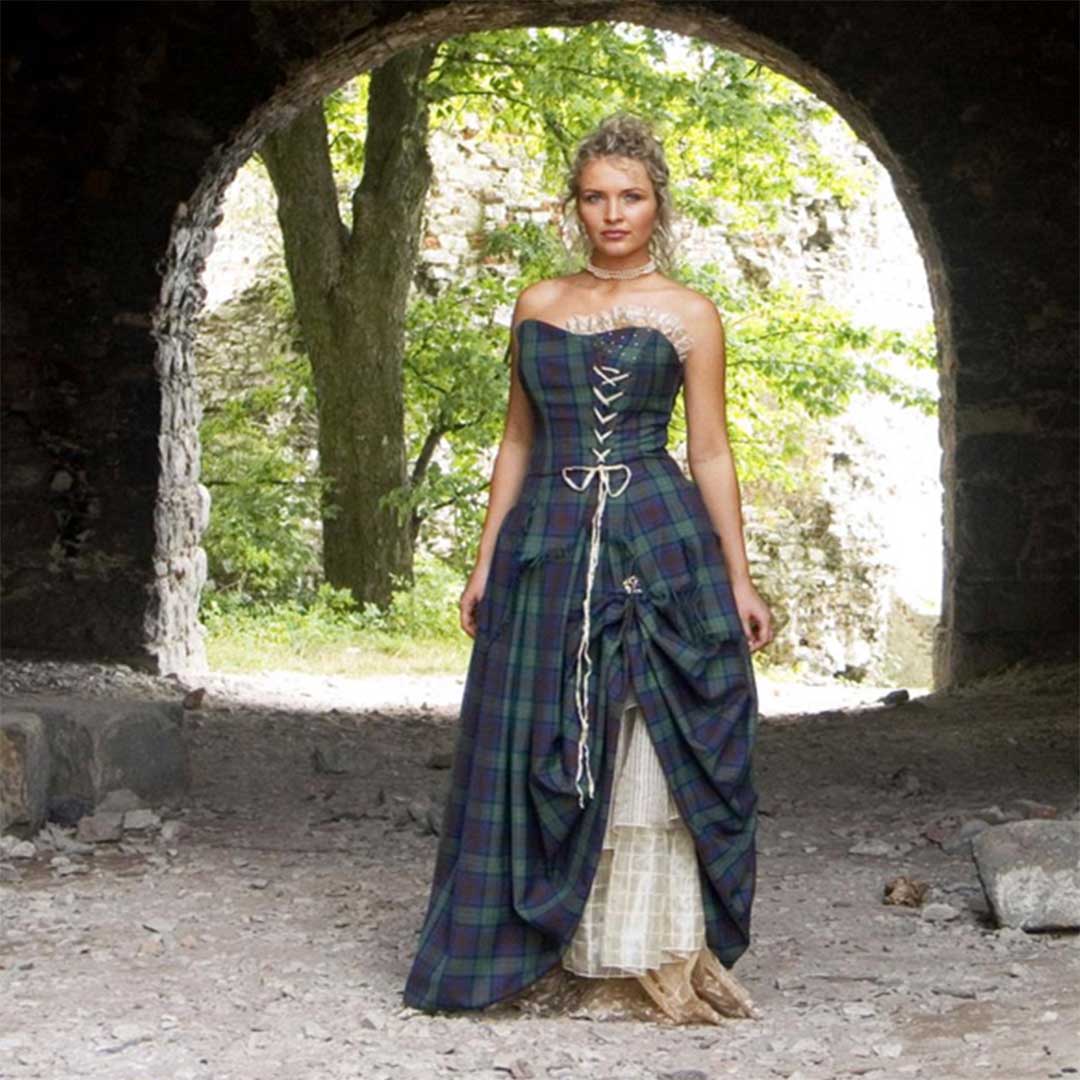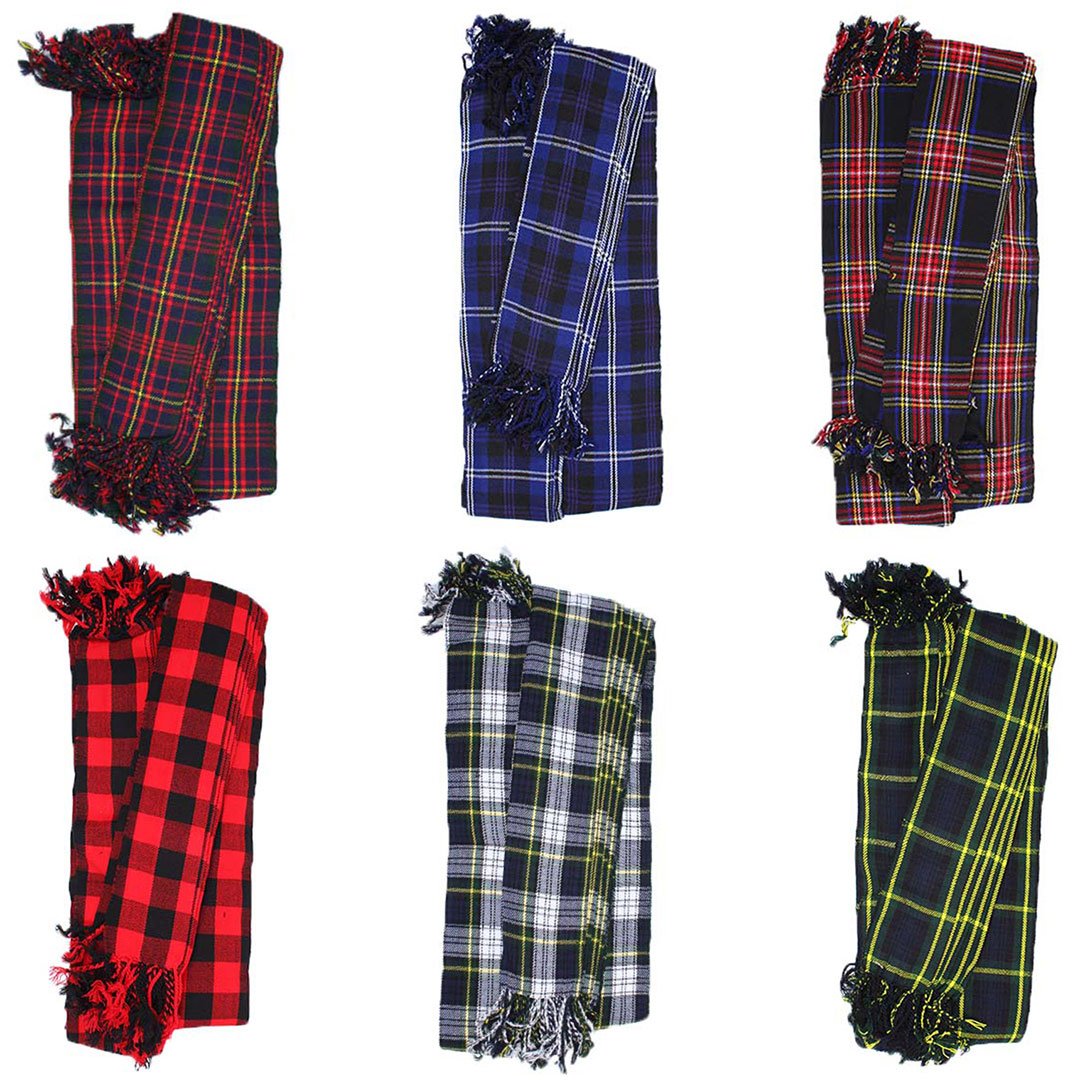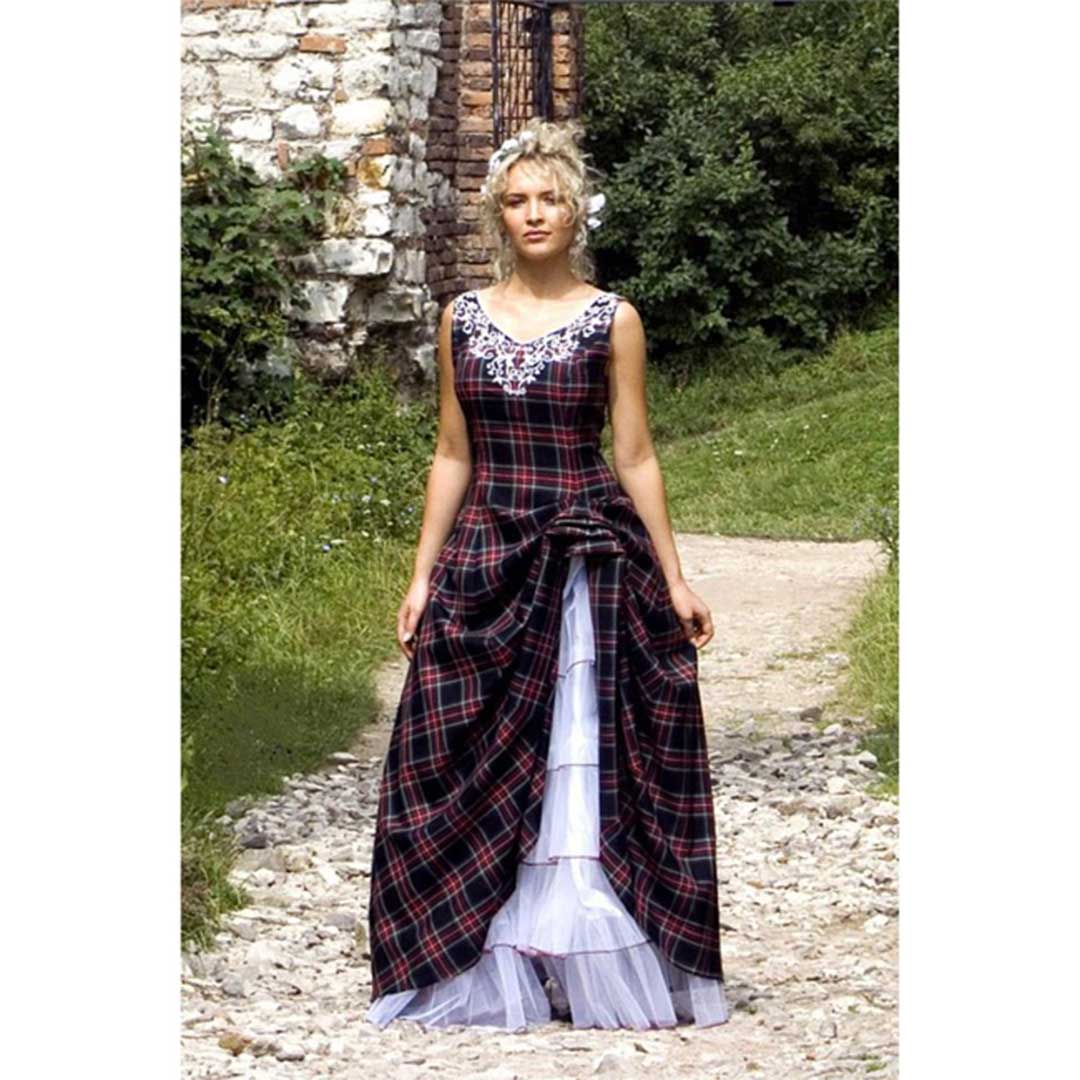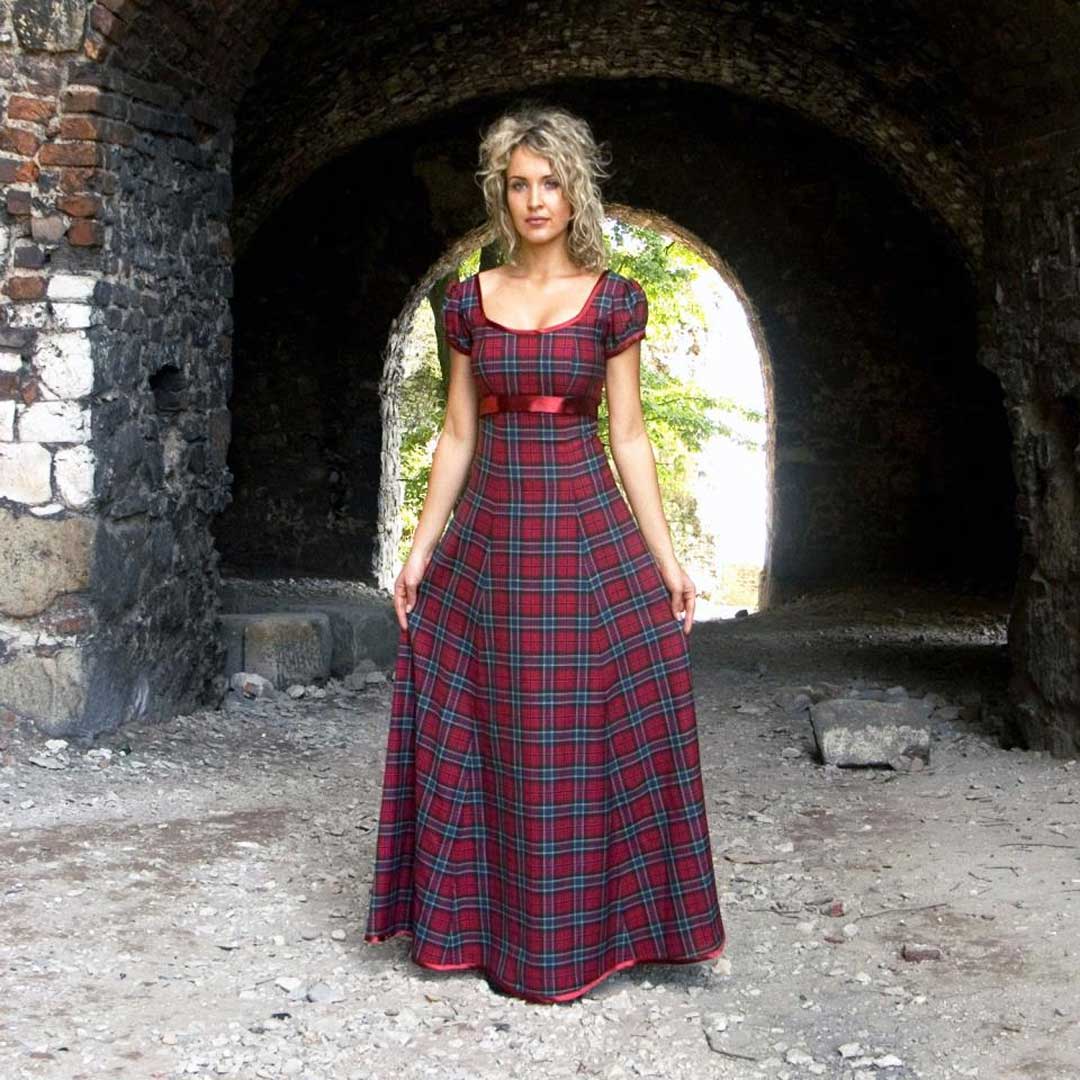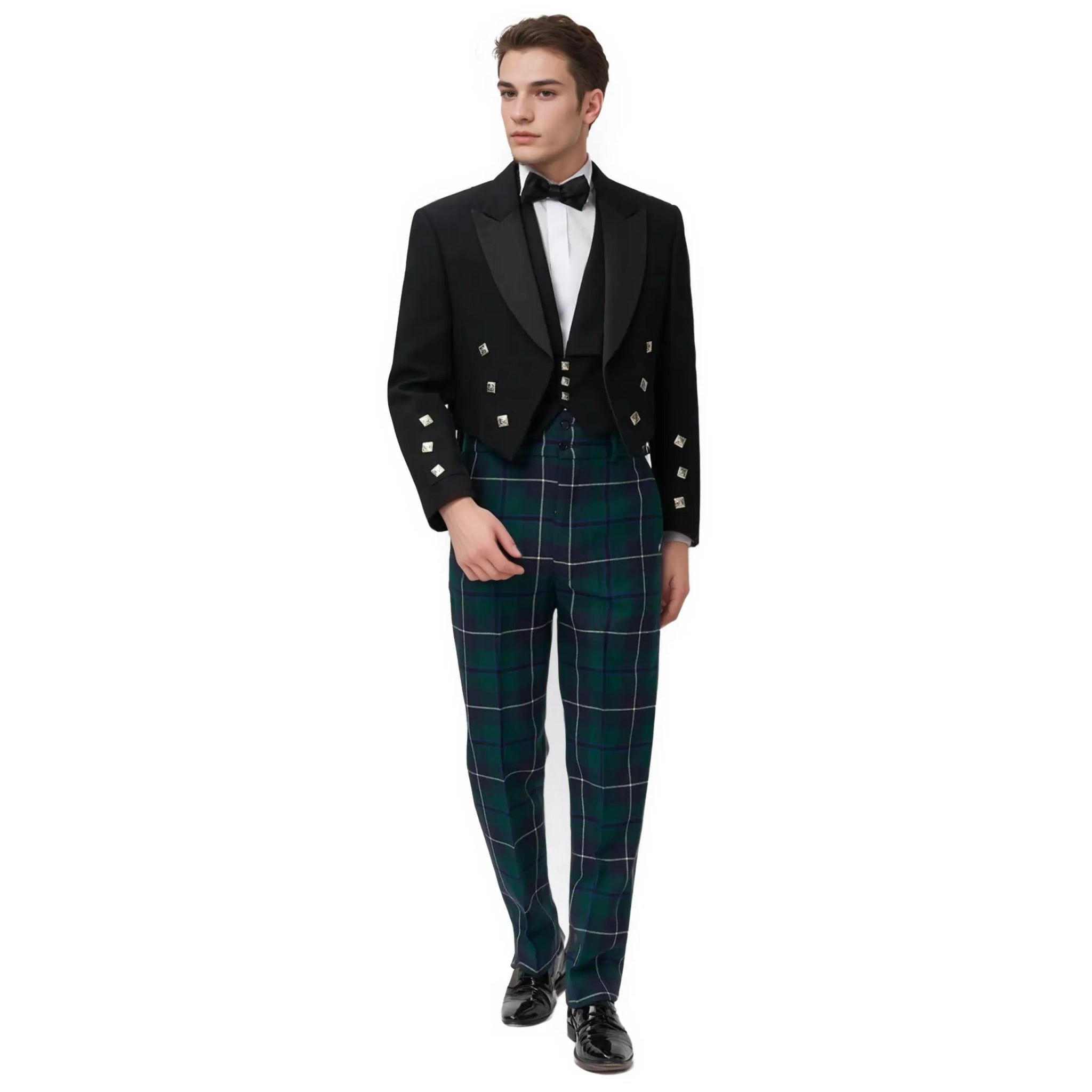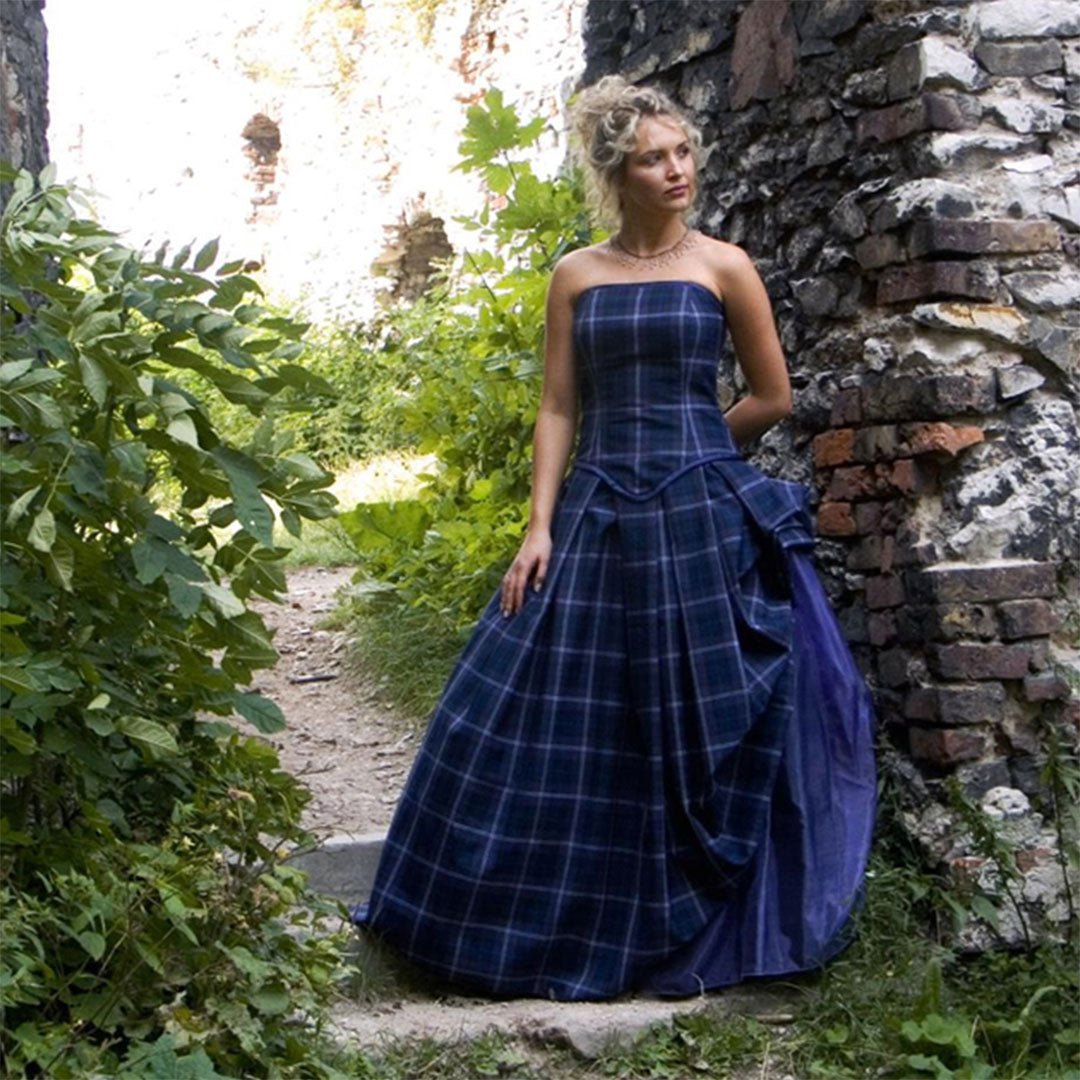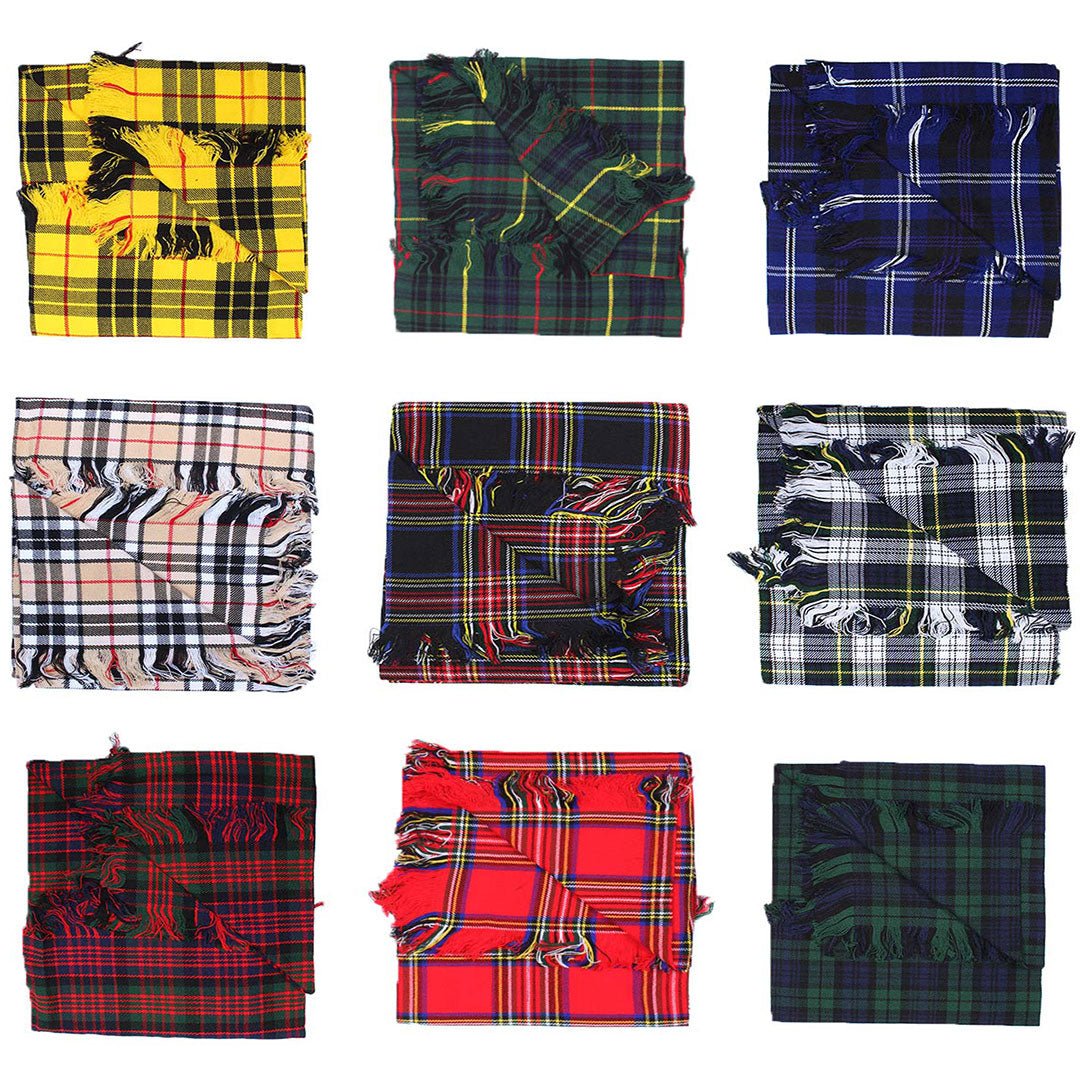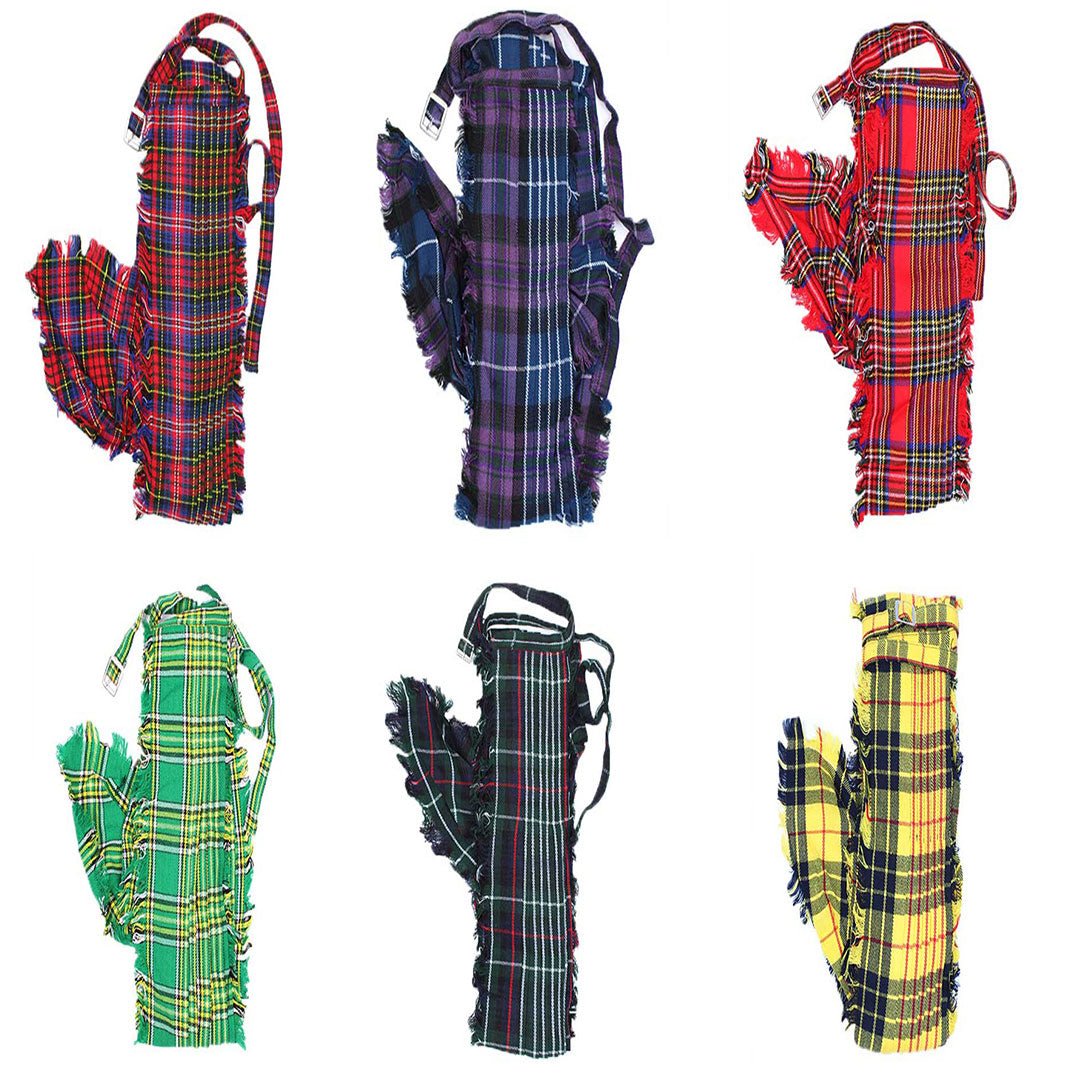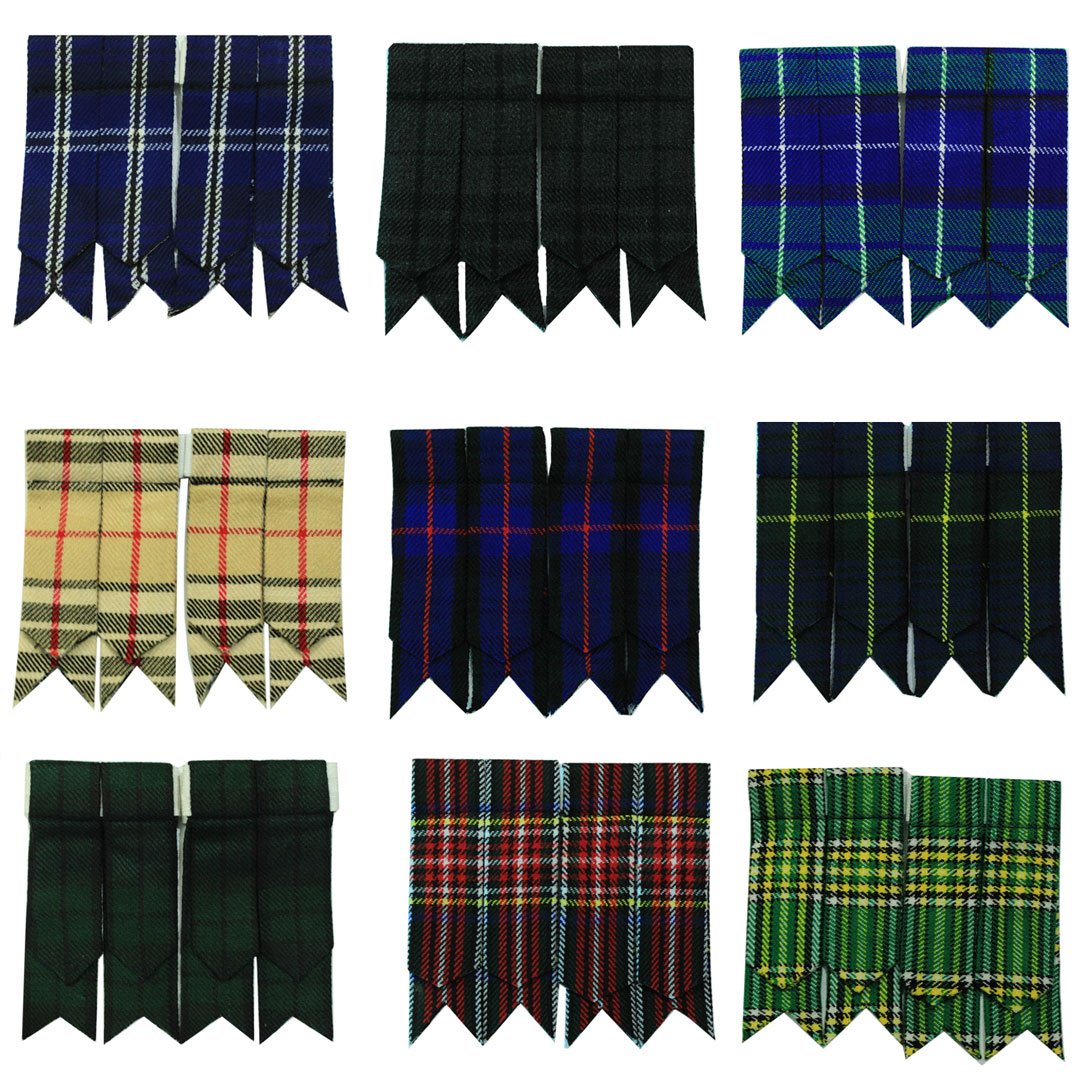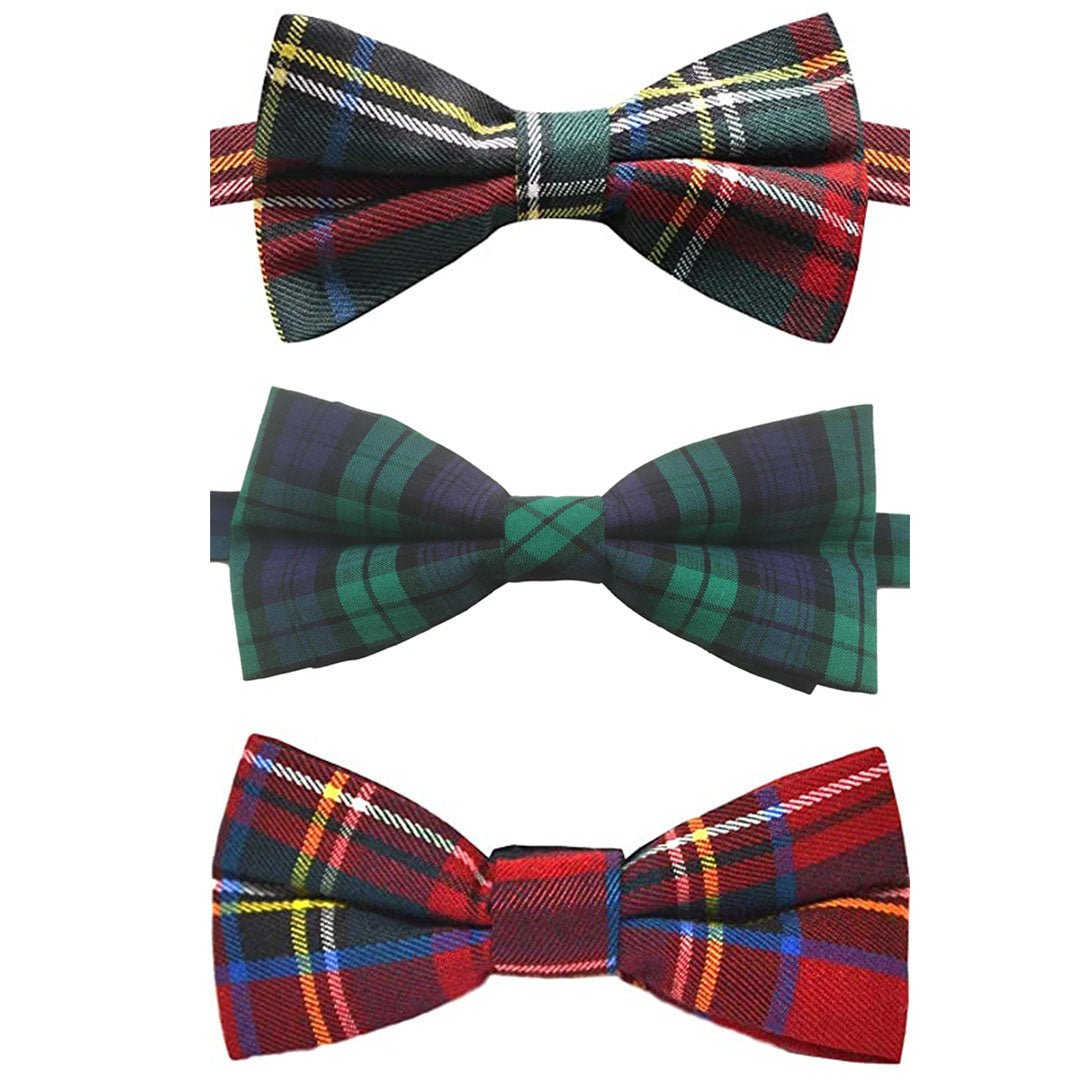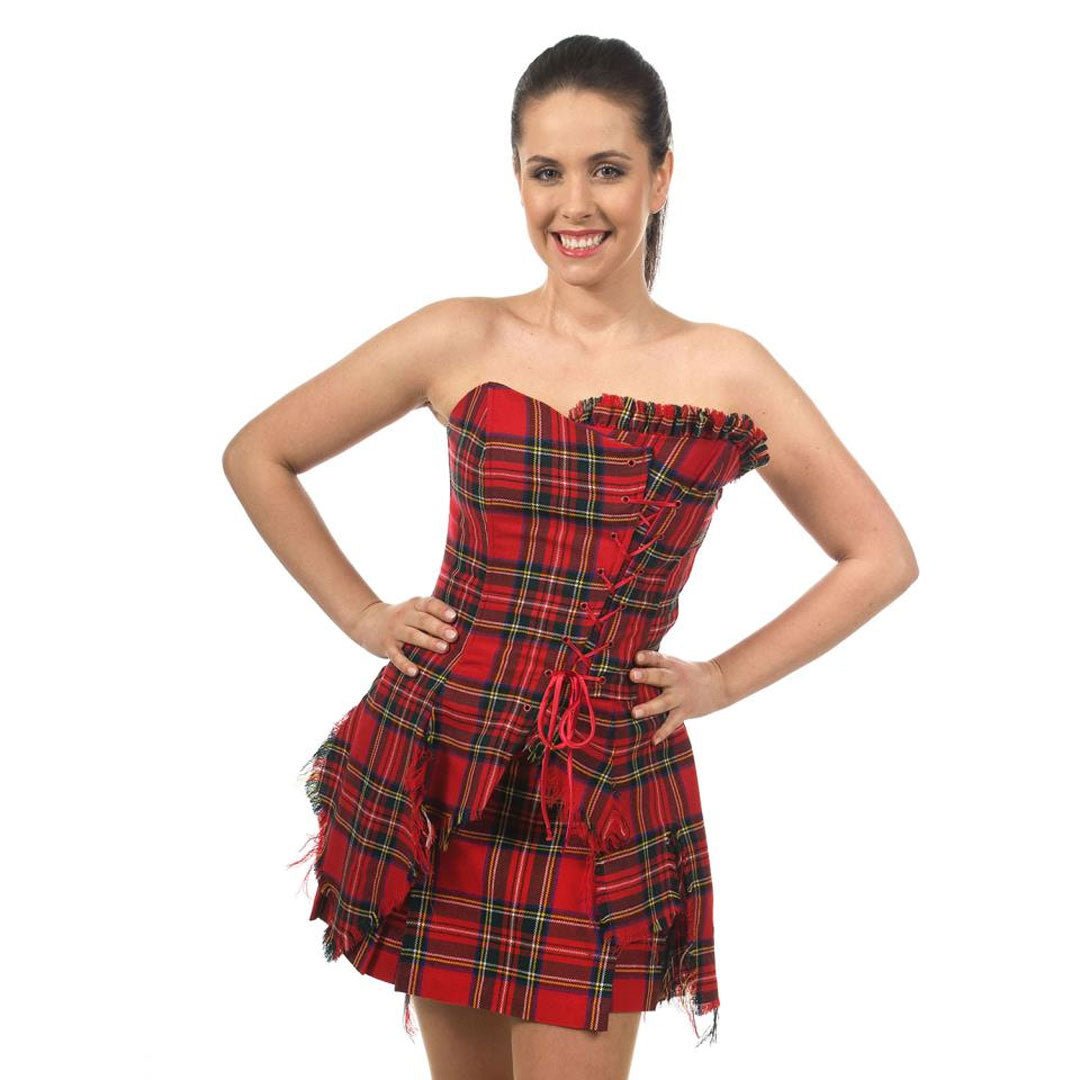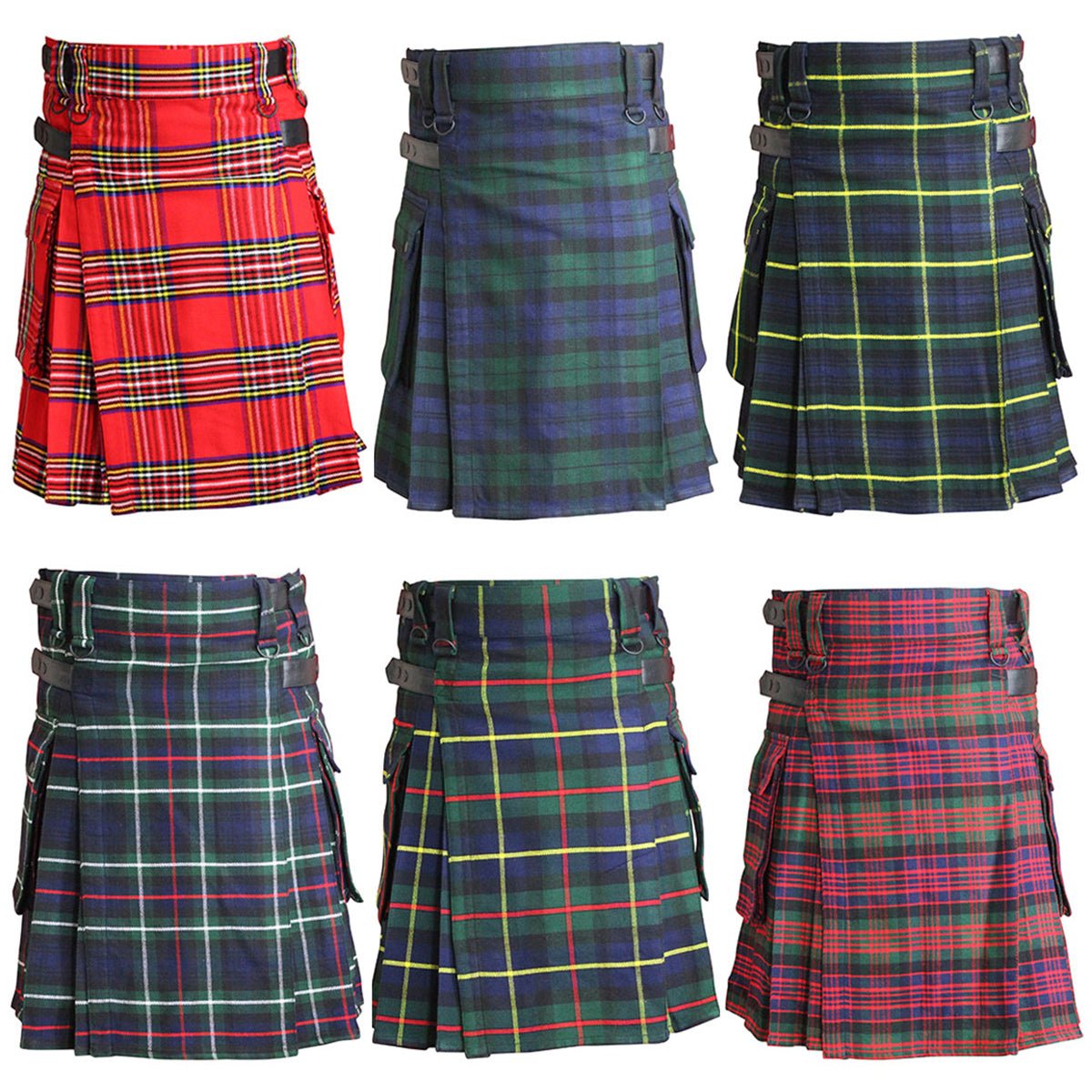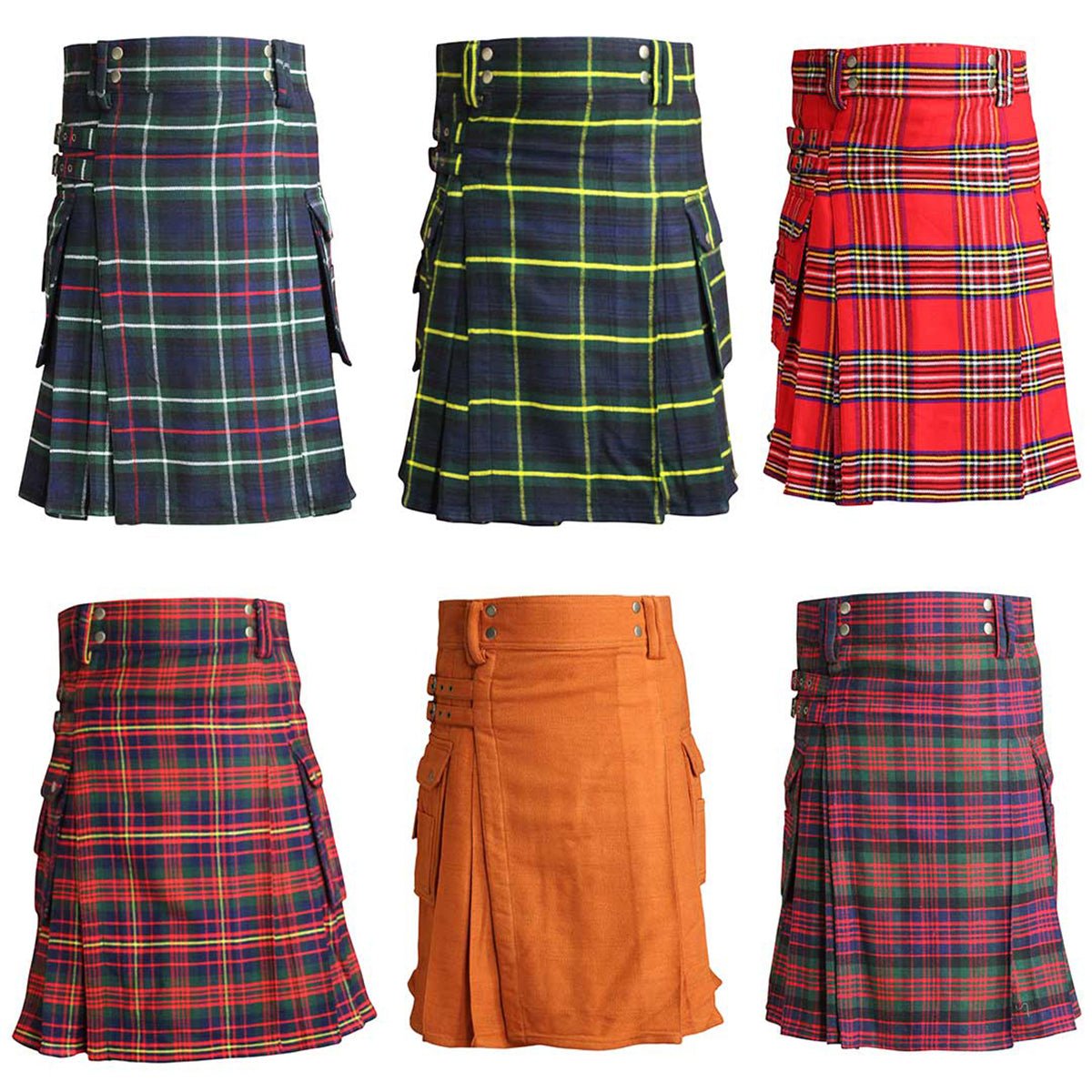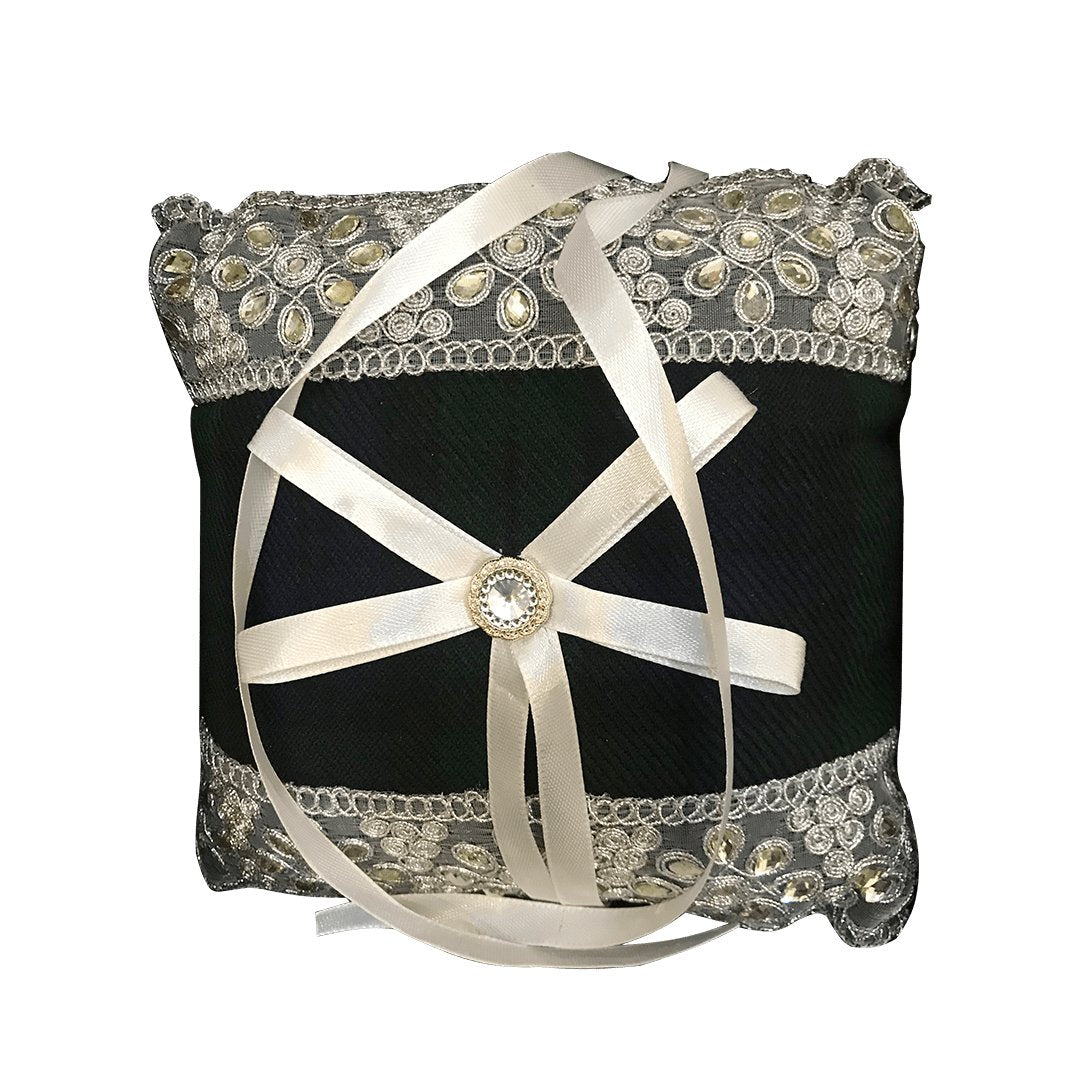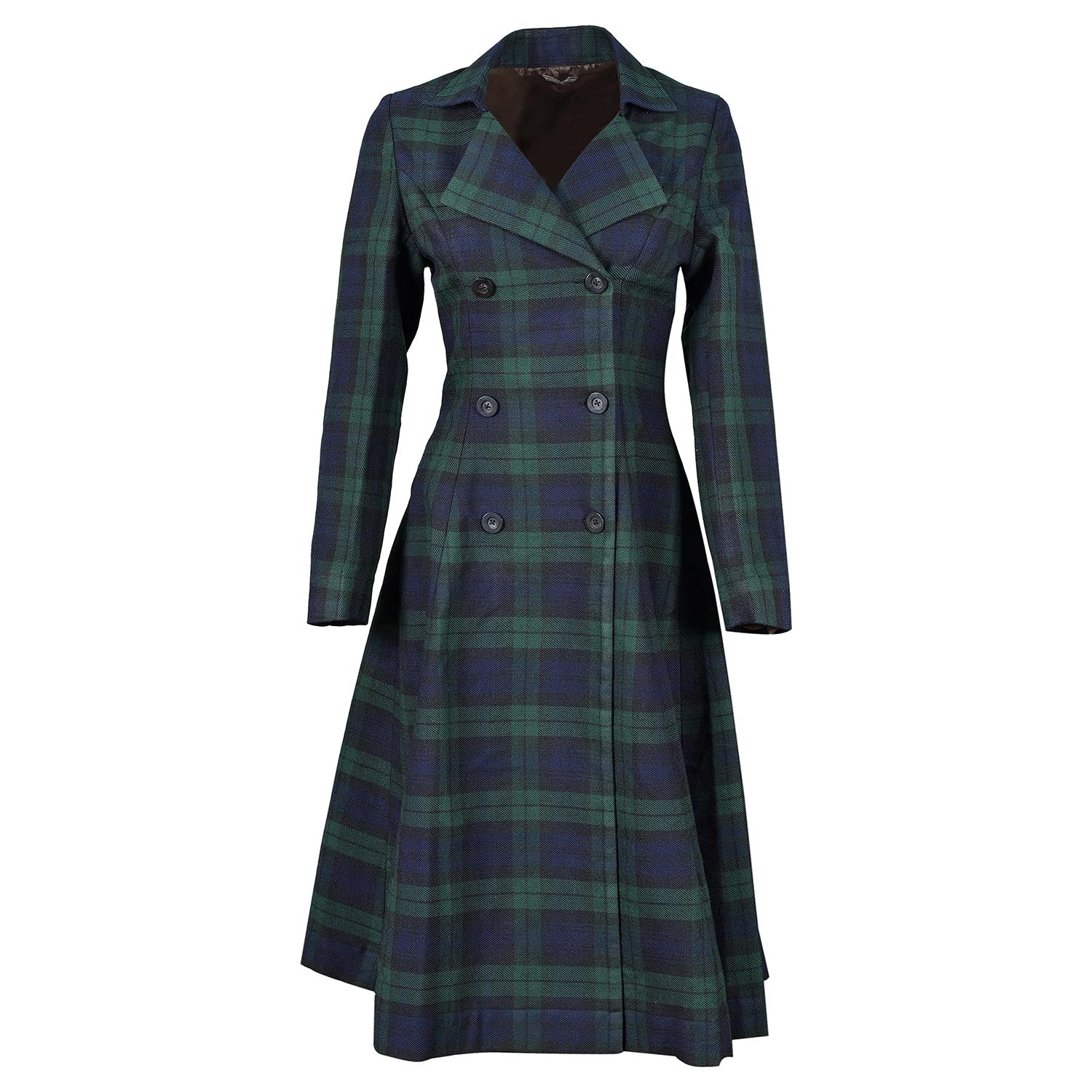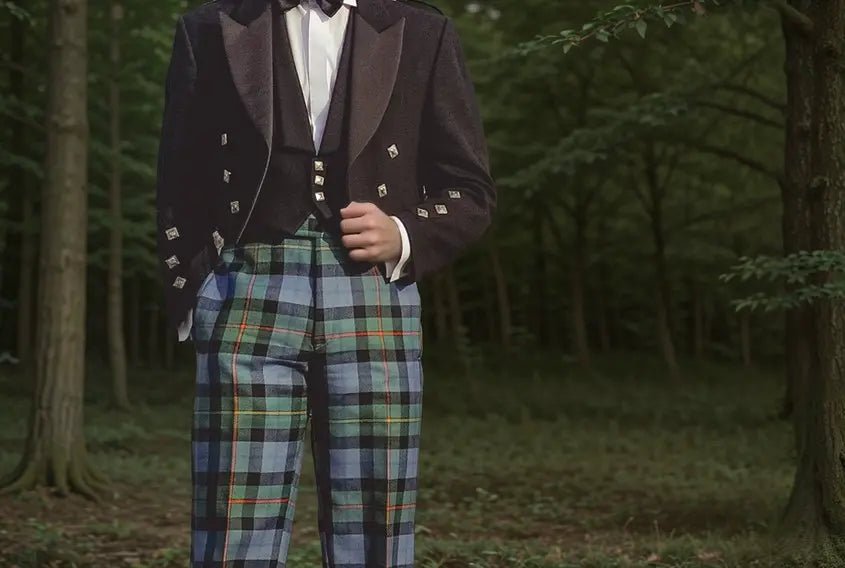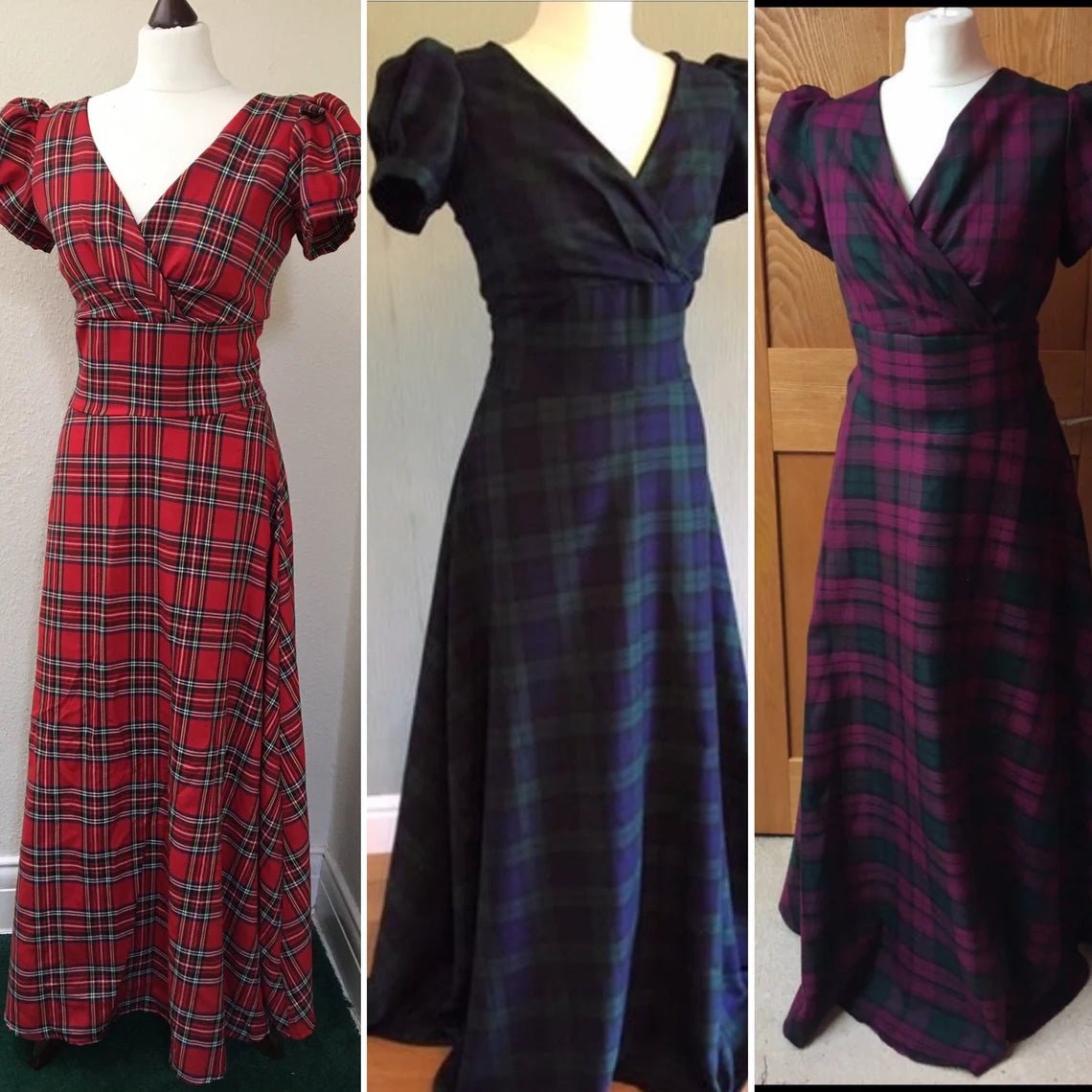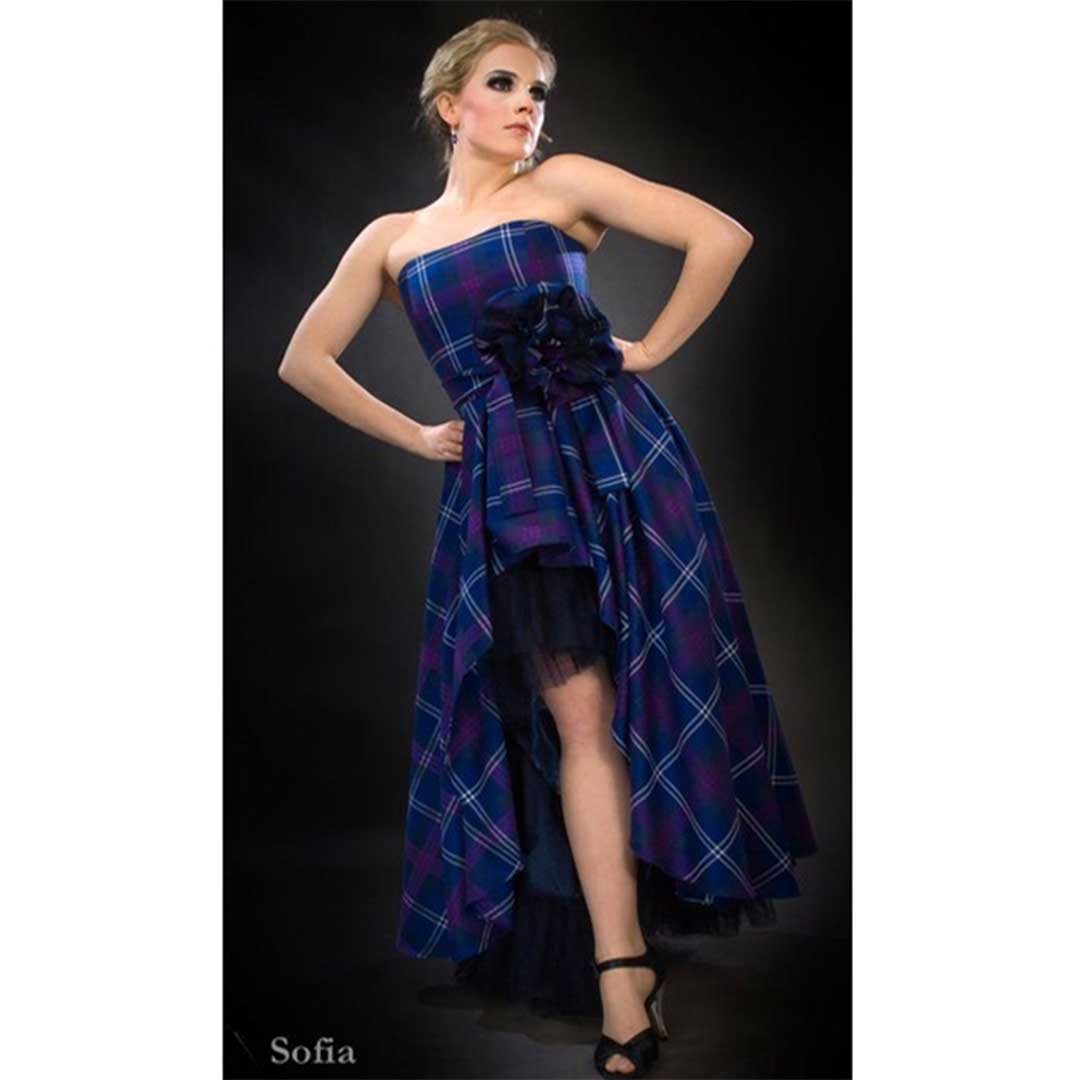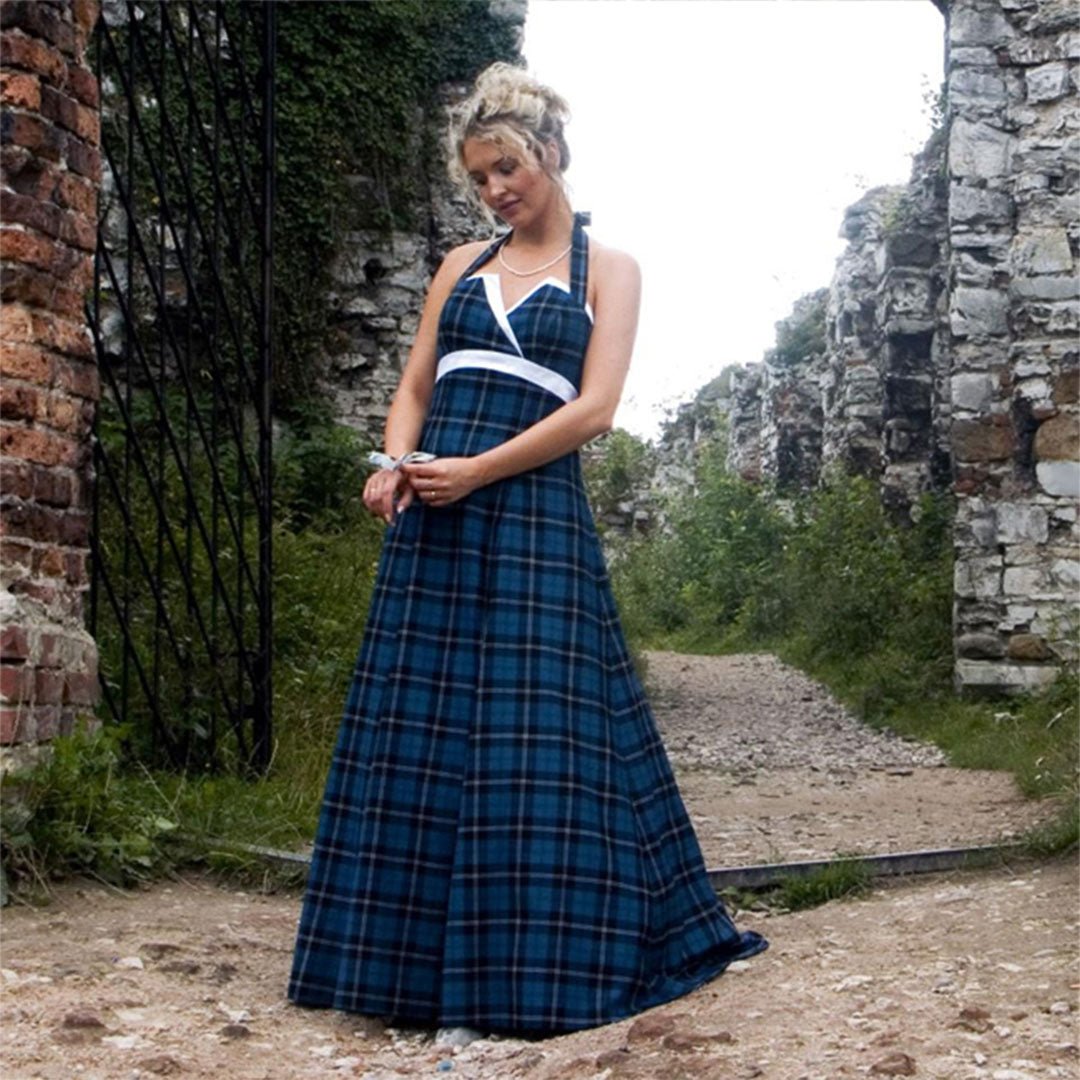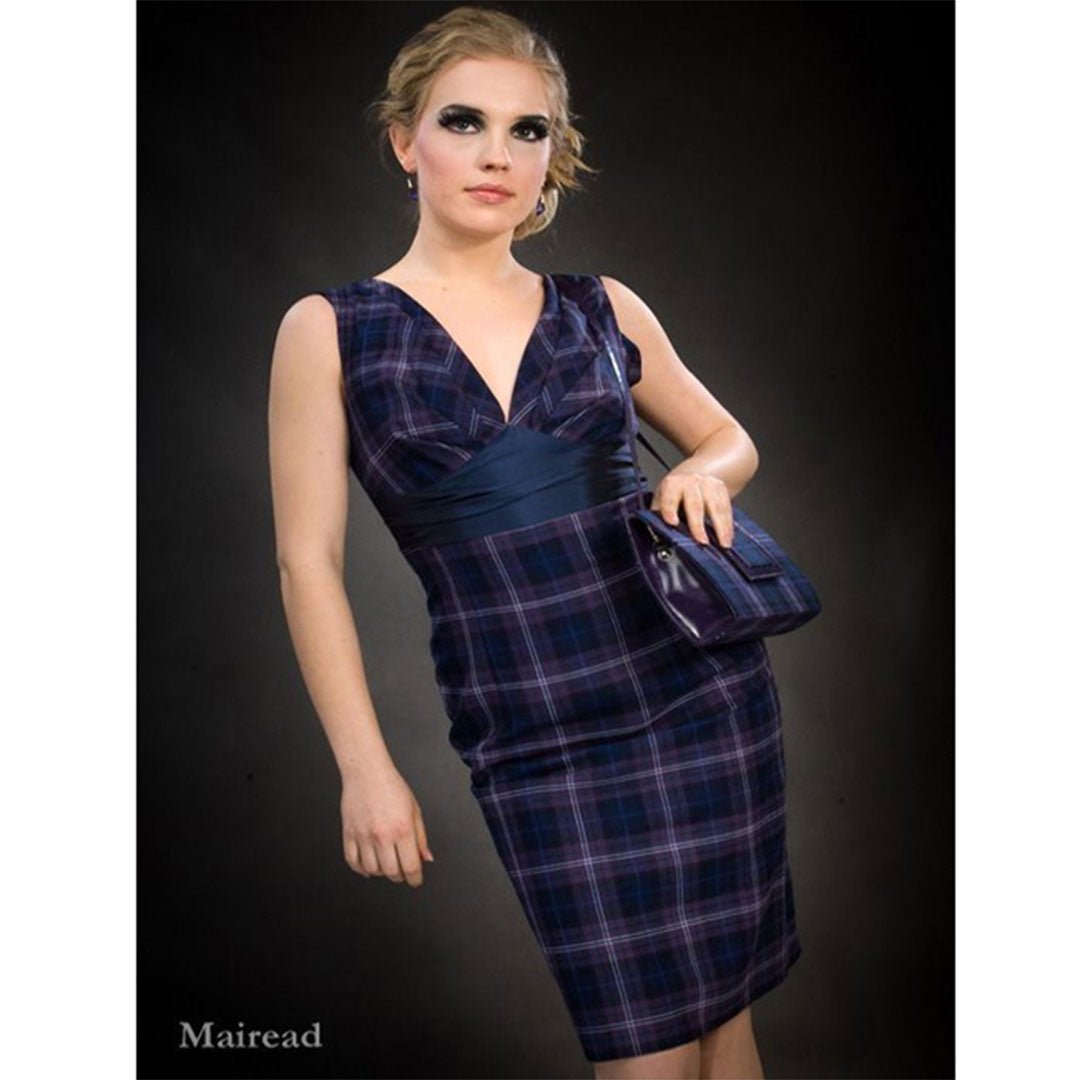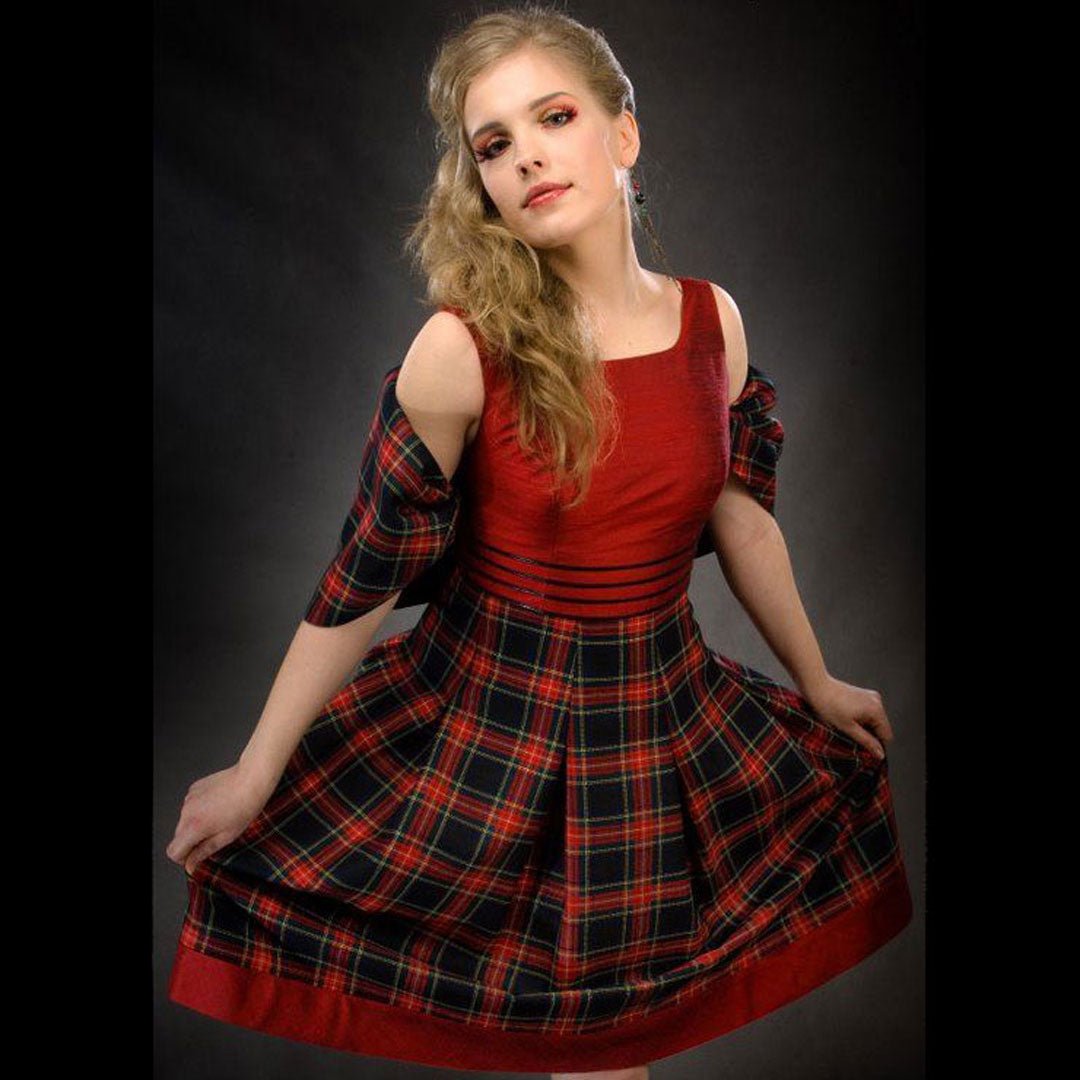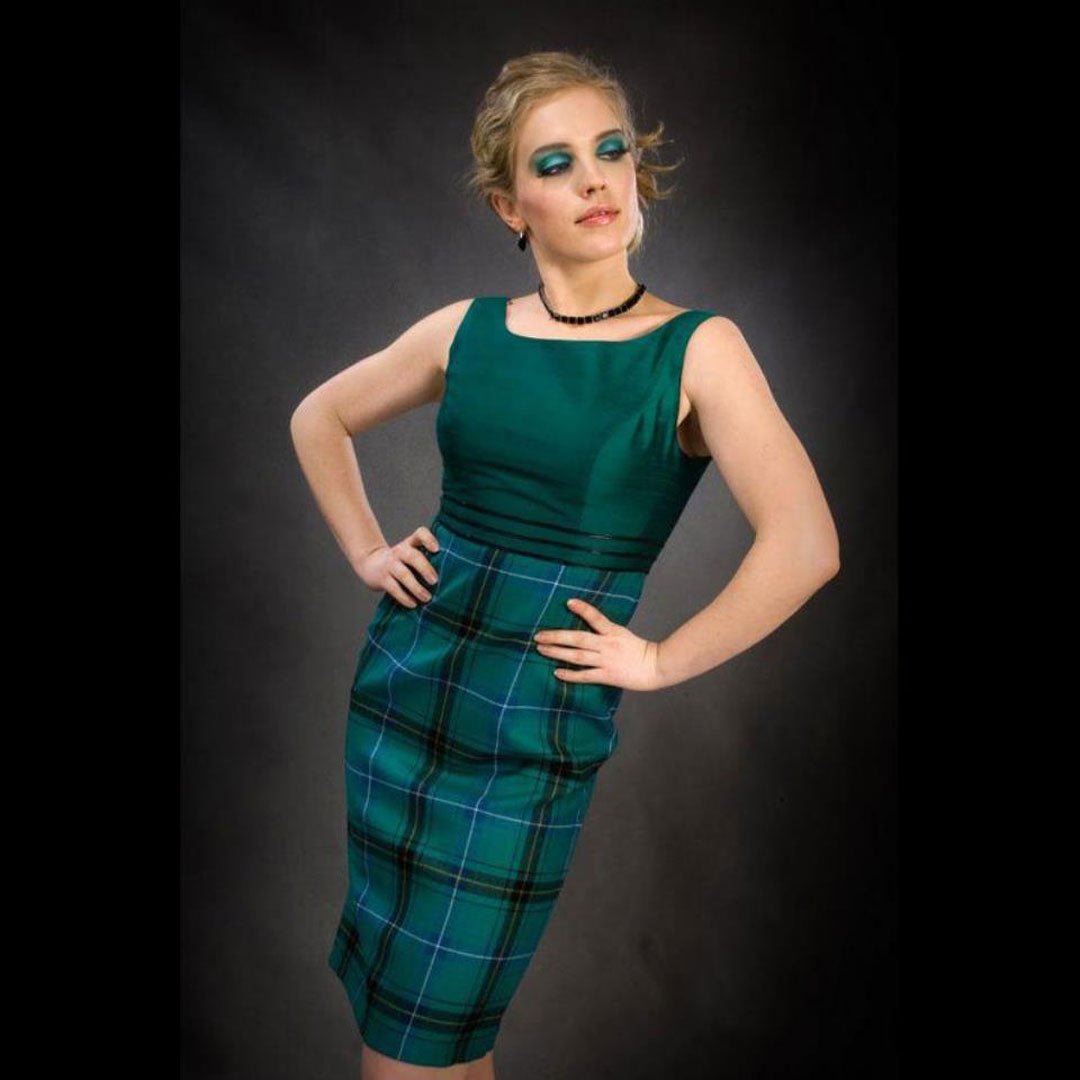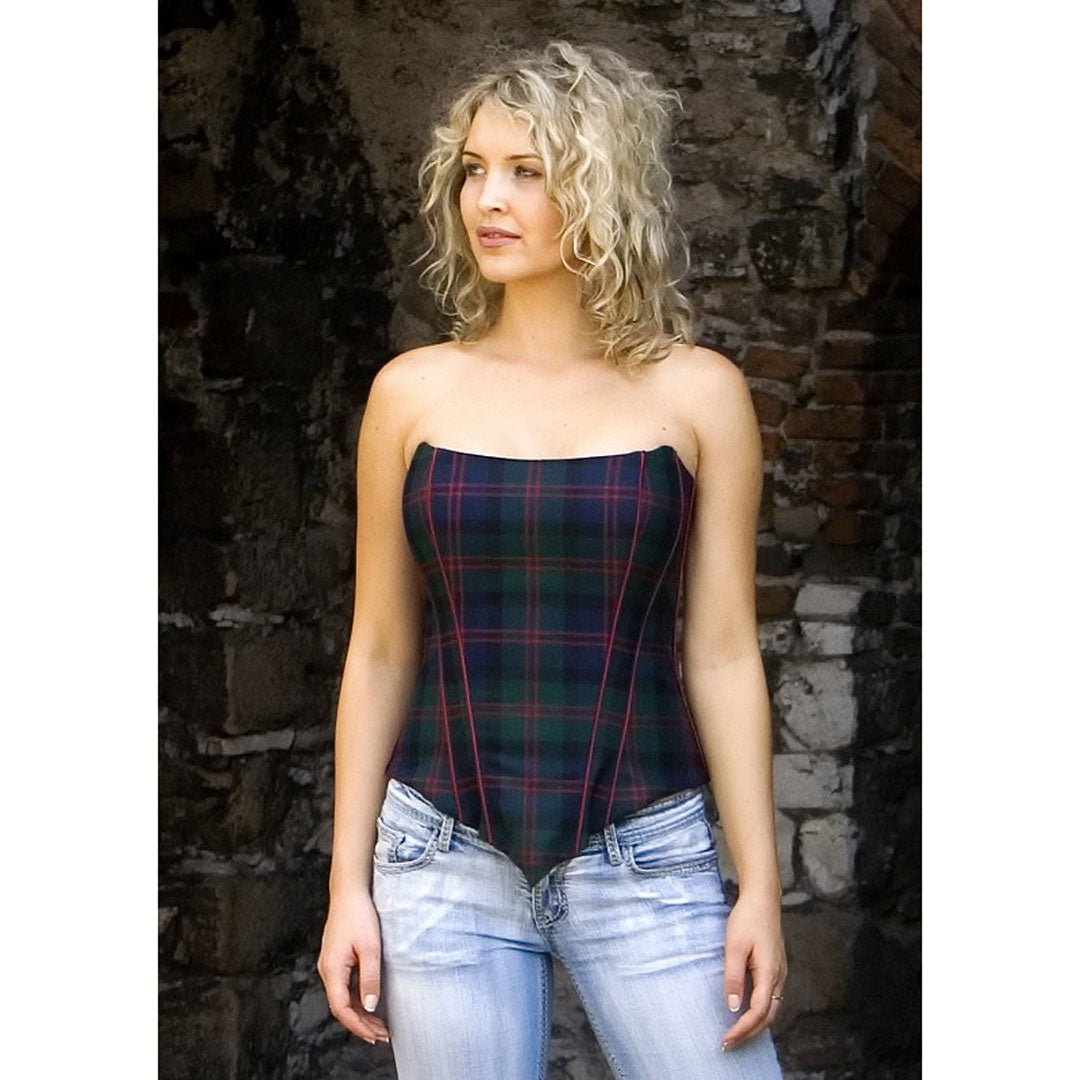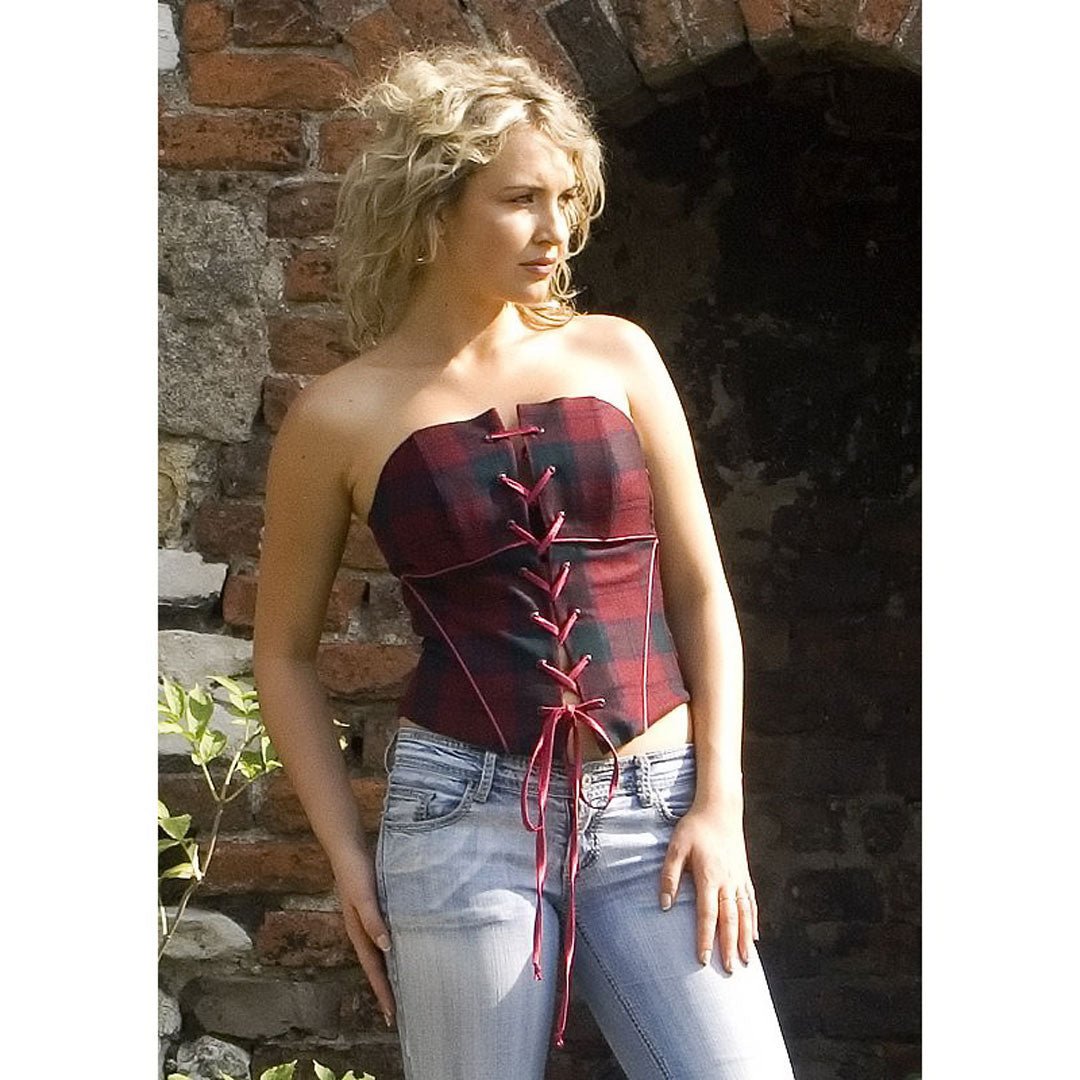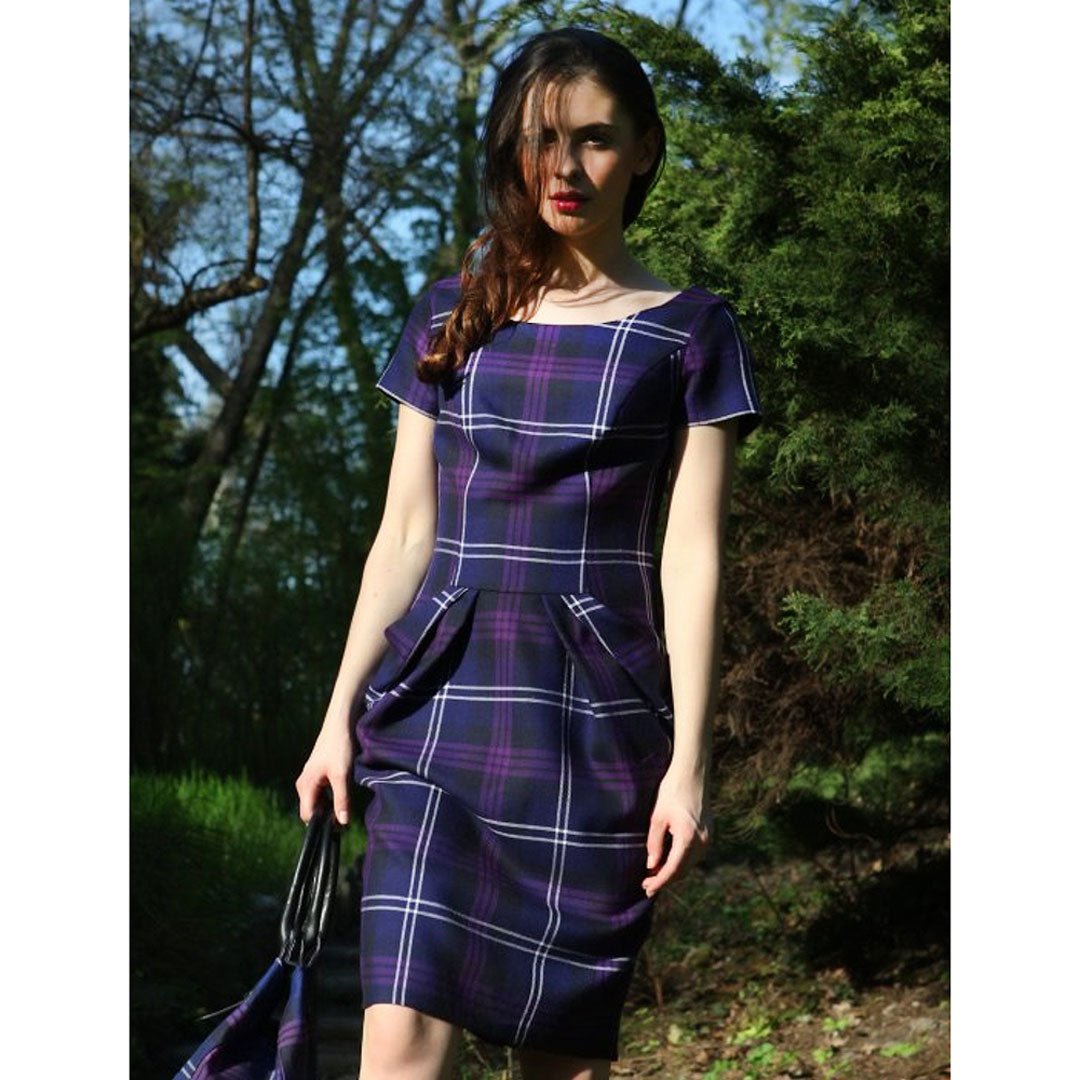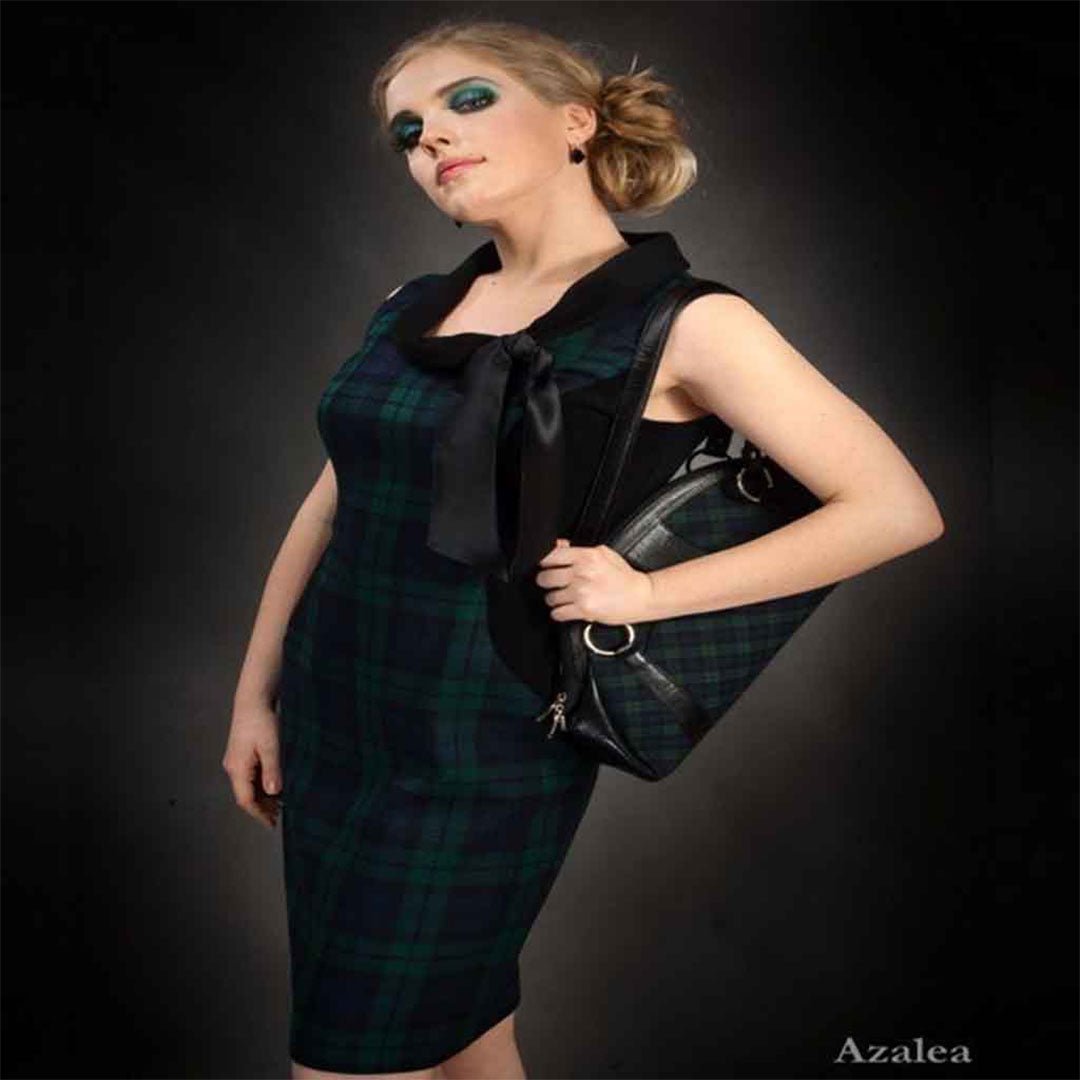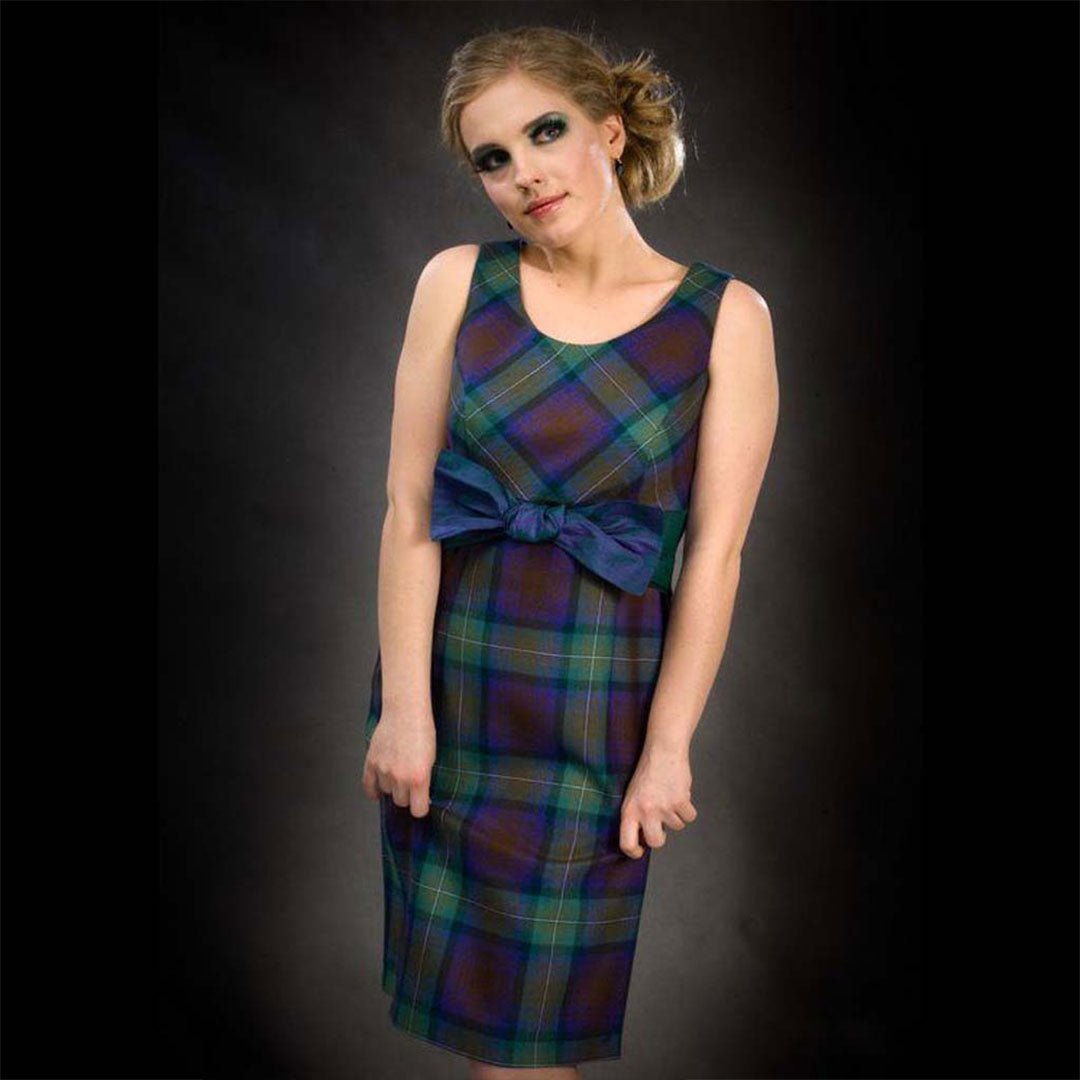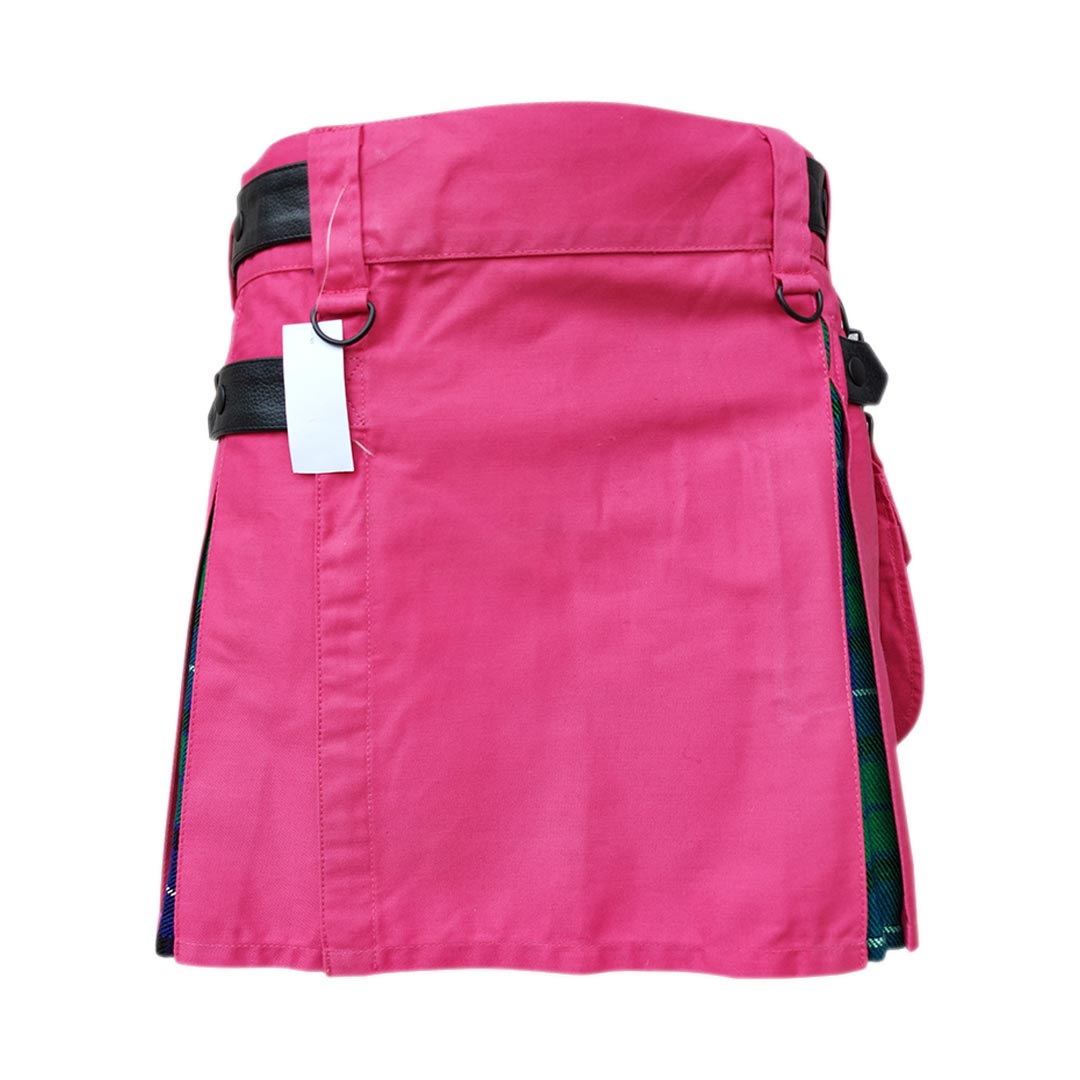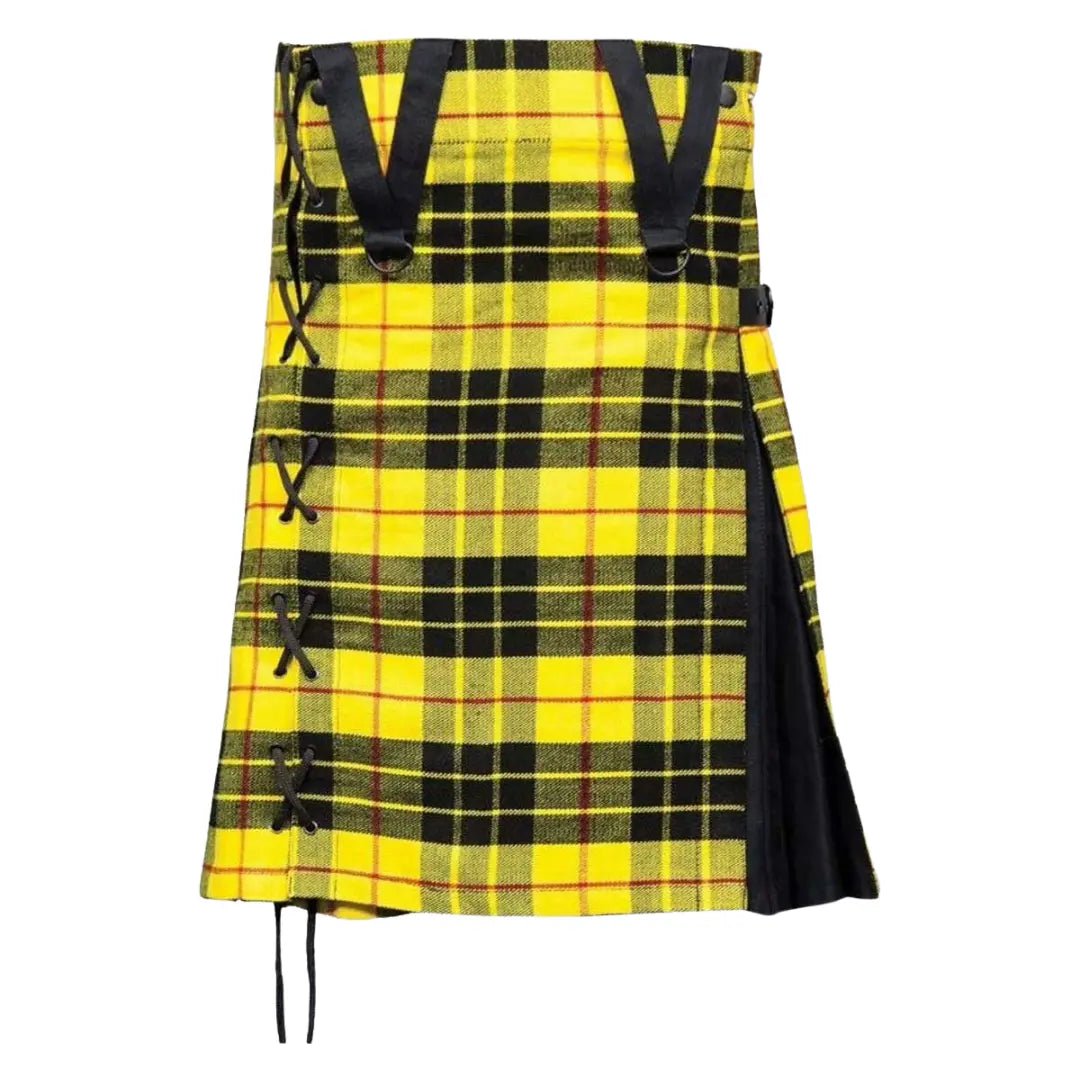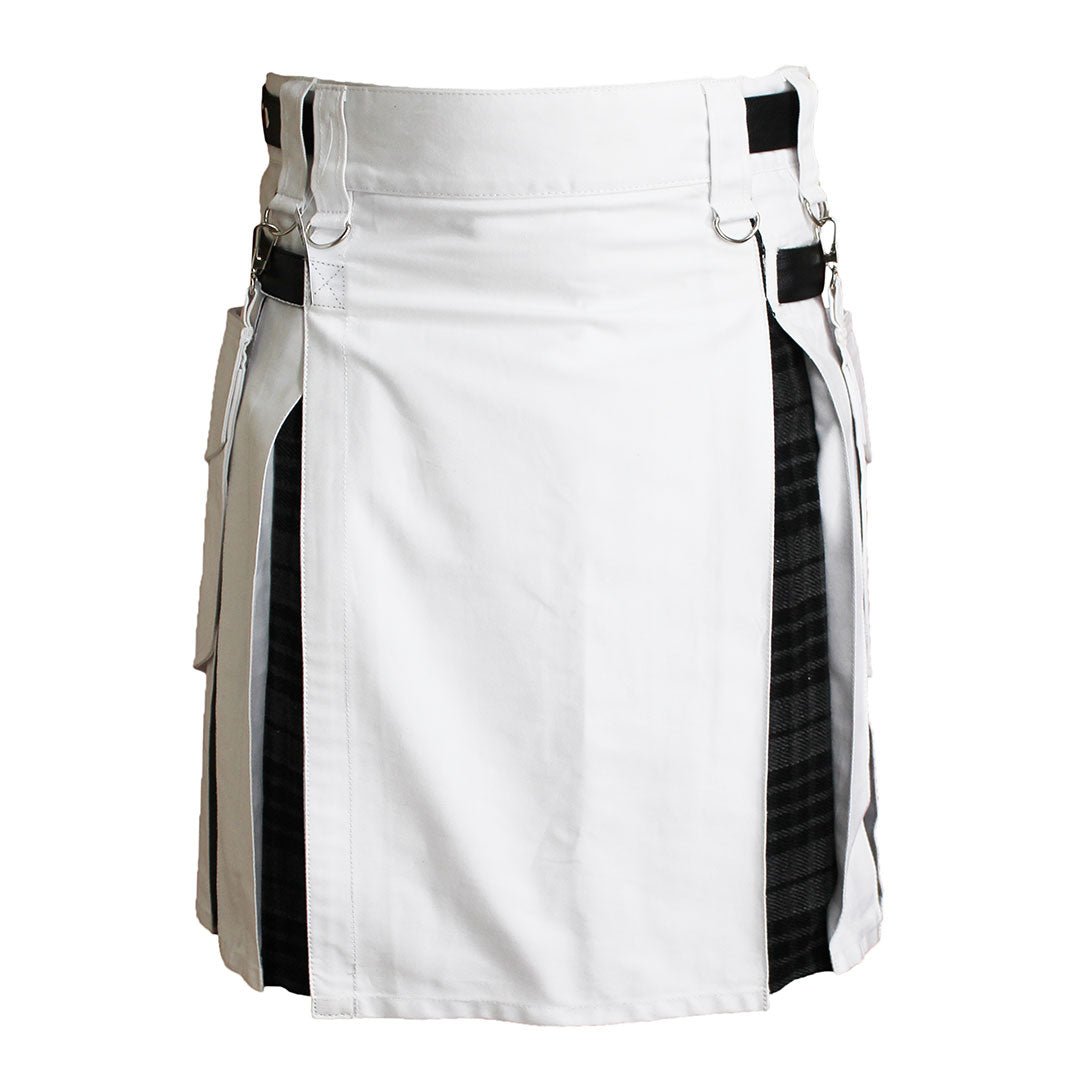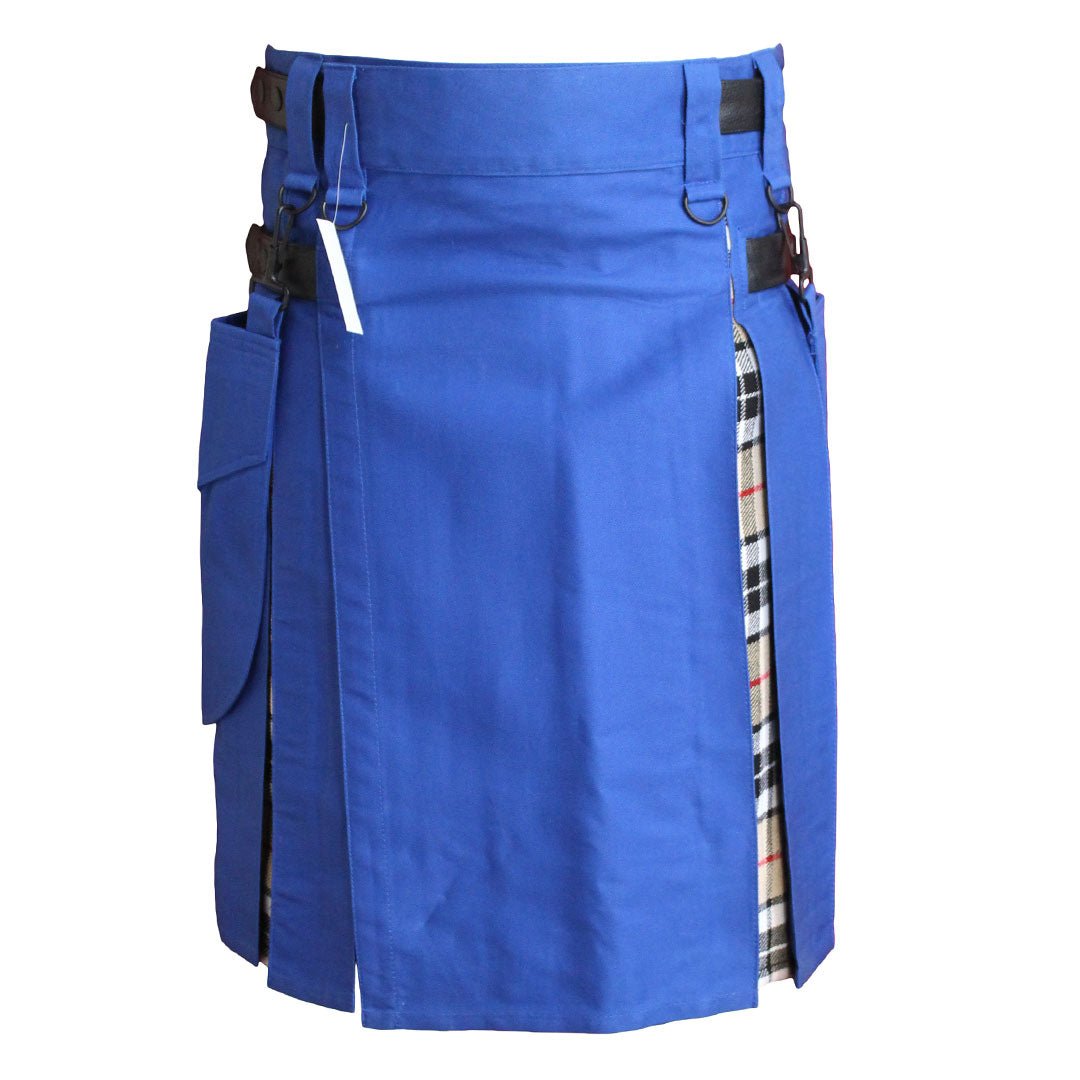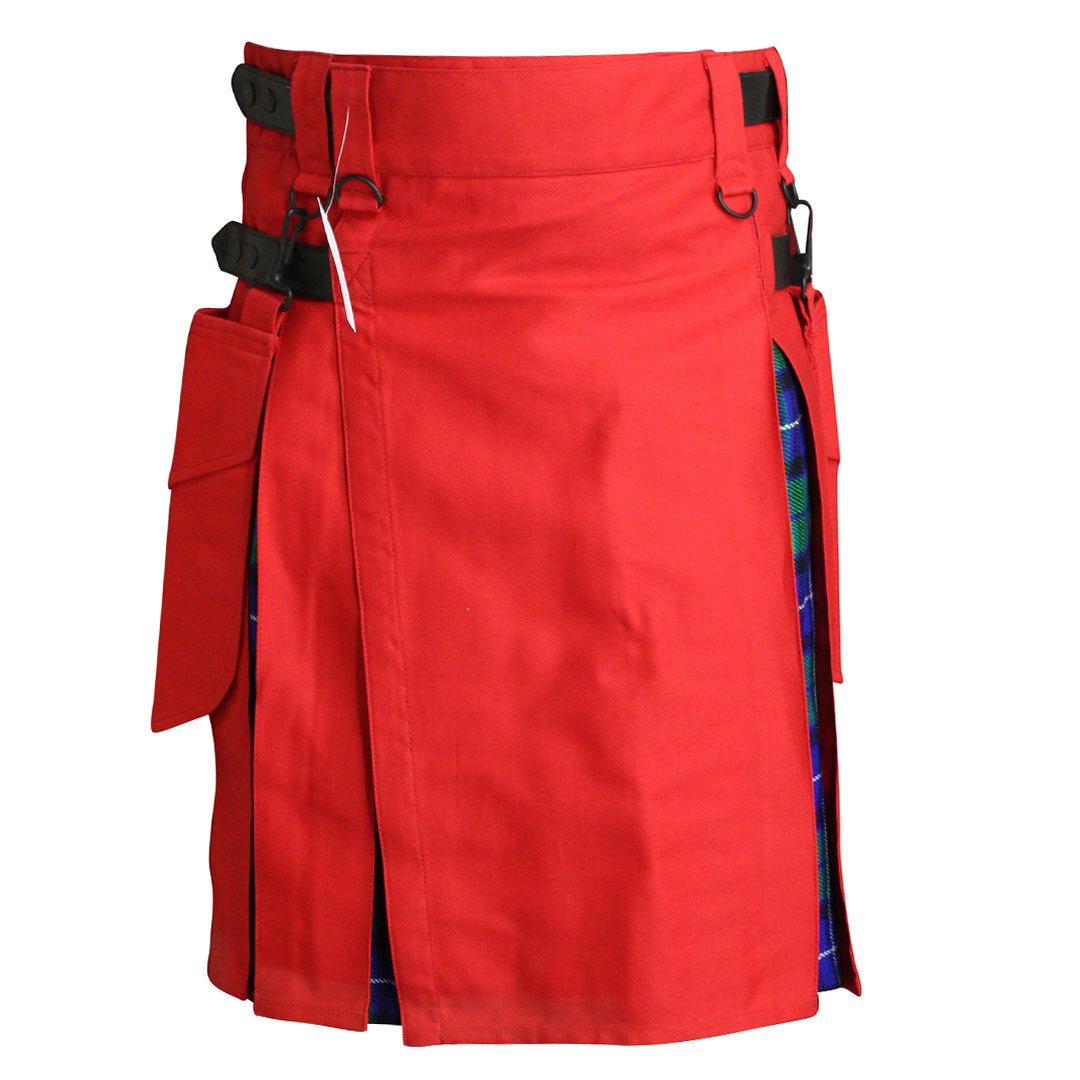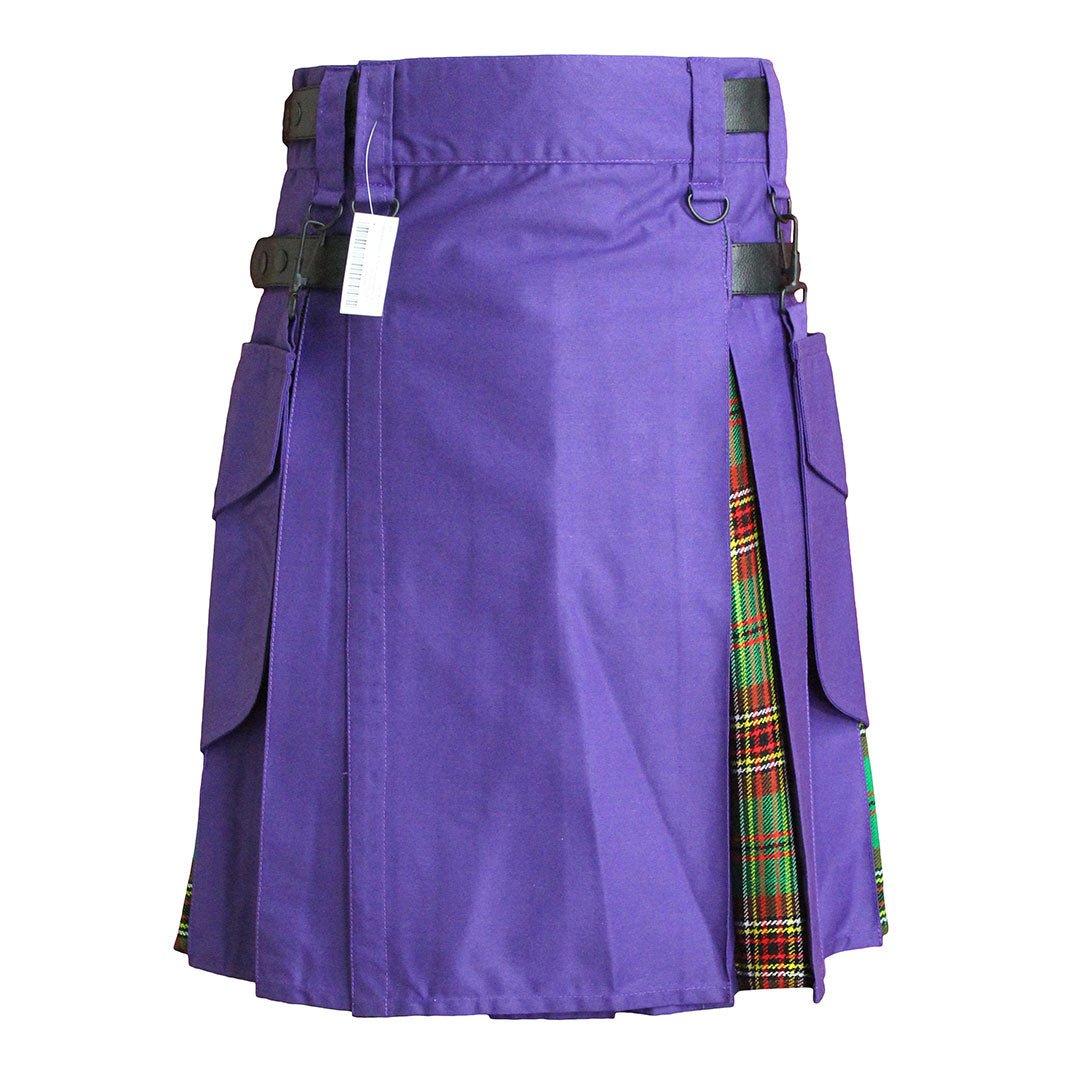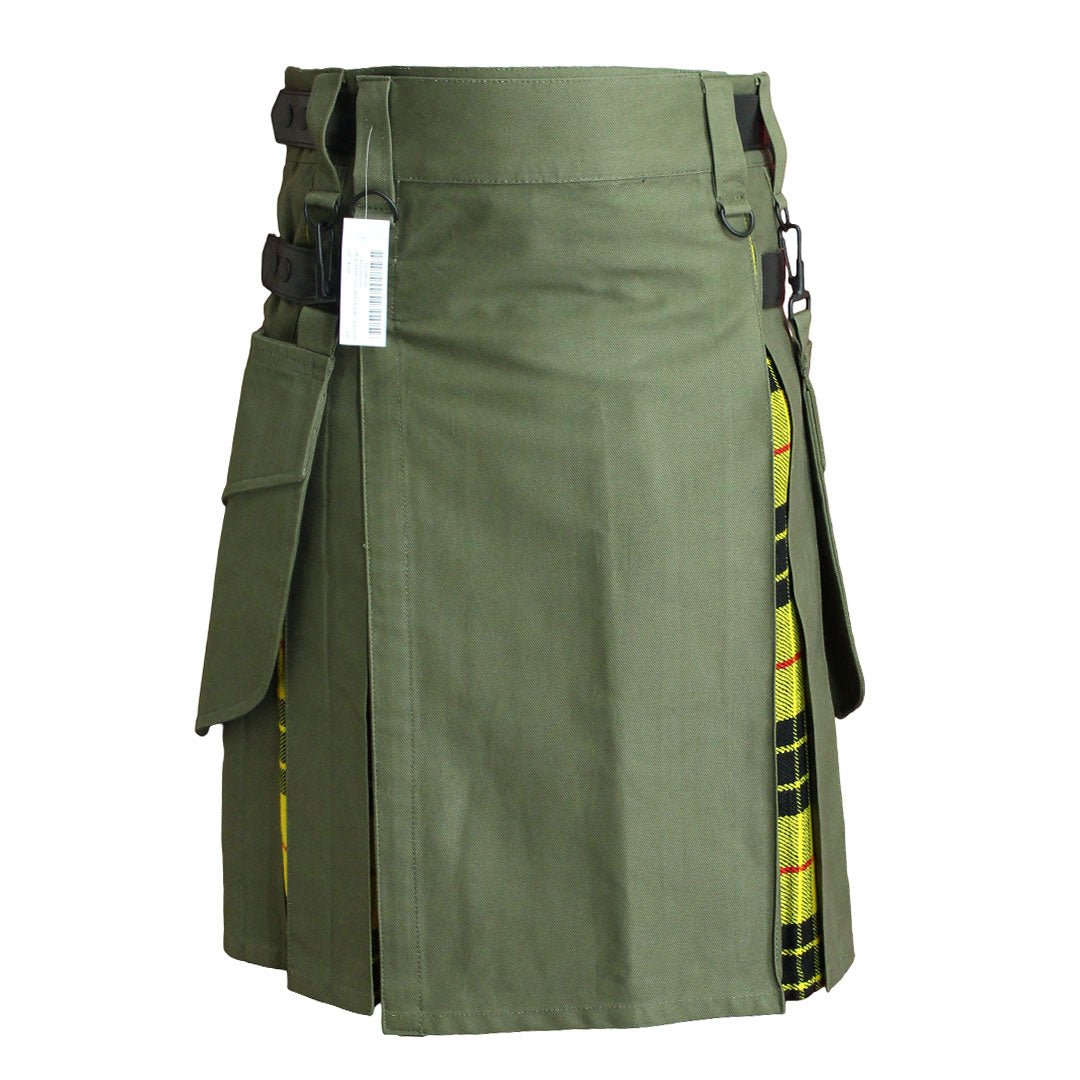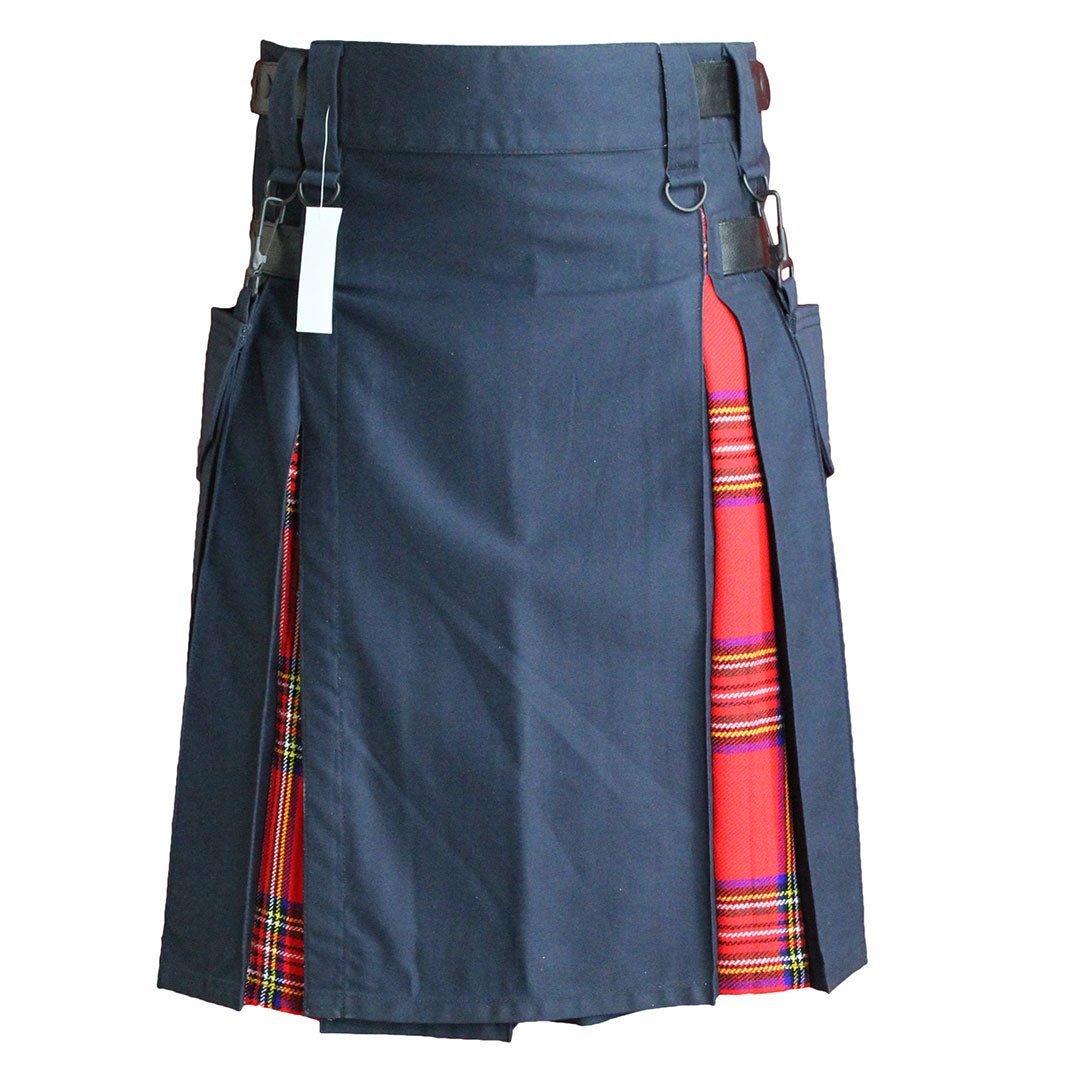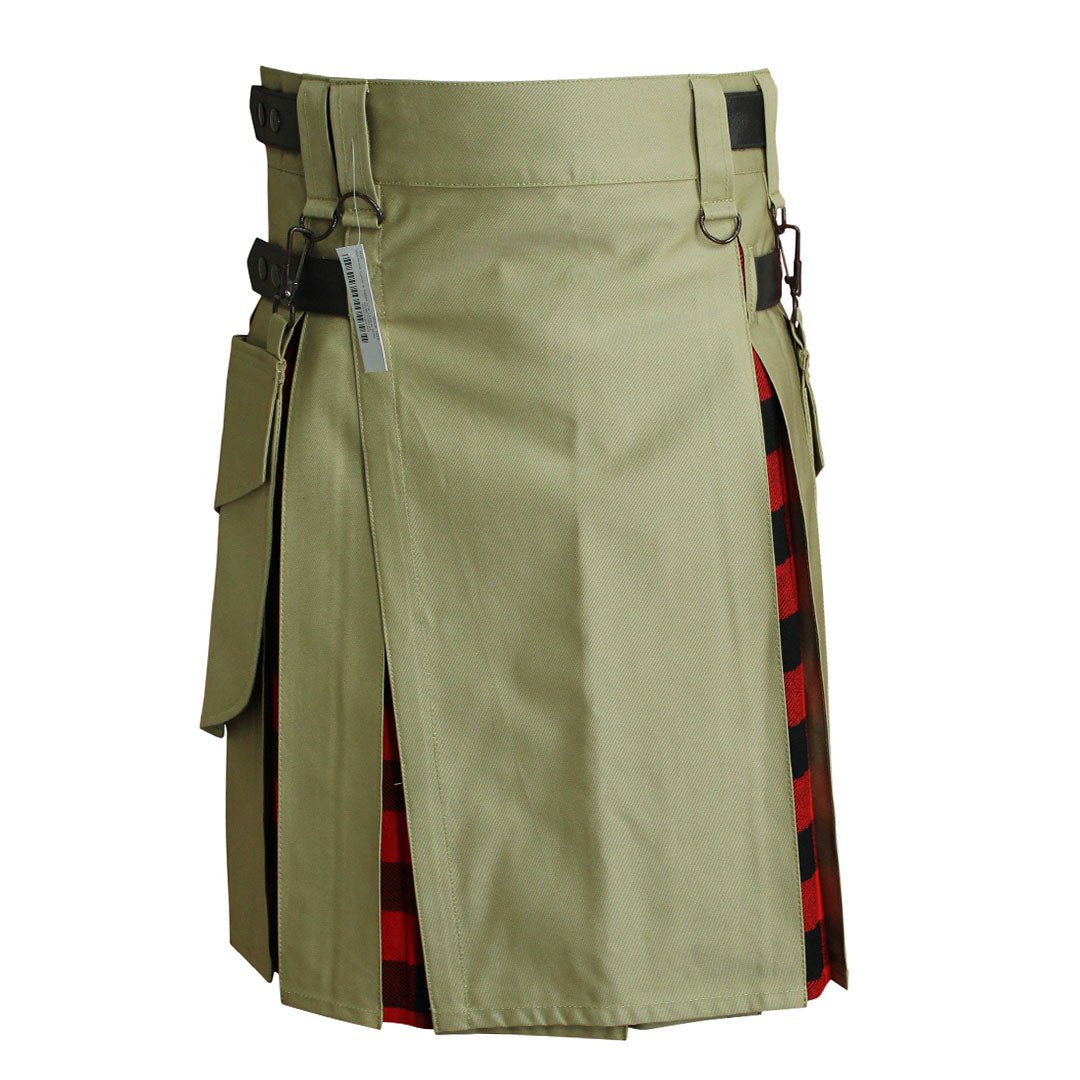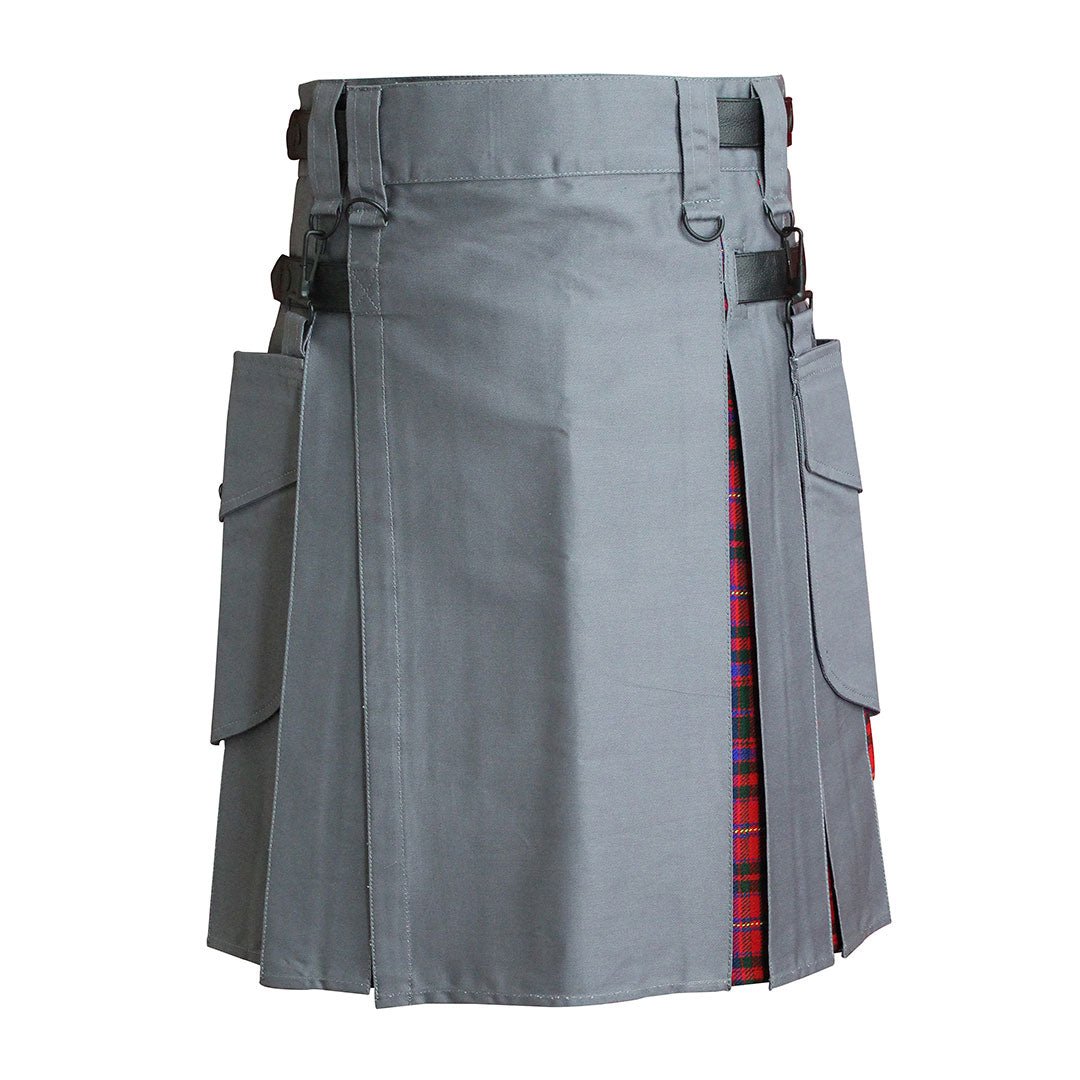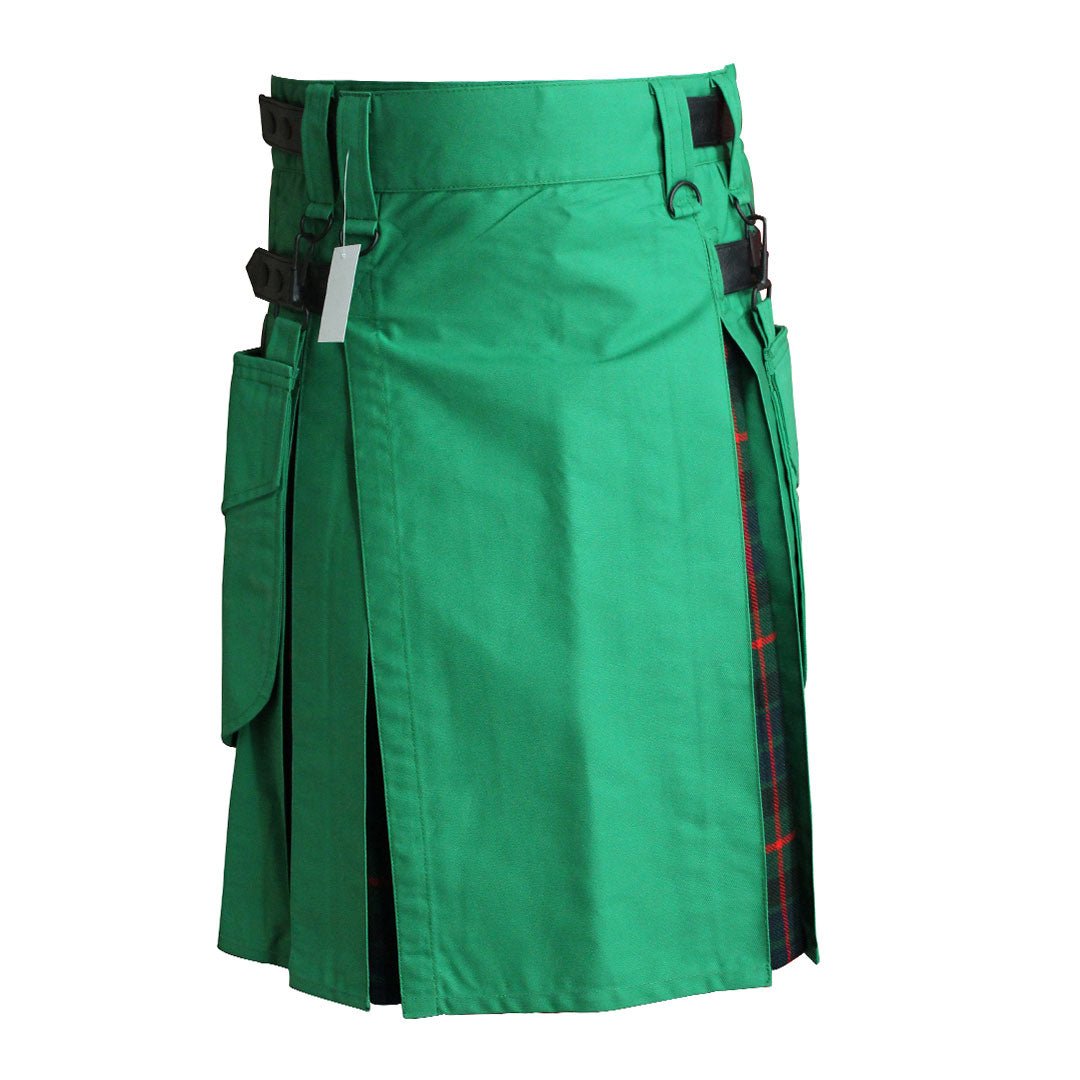Historical Significance
The name "Williams" traces its origins to the French/Germanic name "Wilhelm," combining "will" and "helmet." Introduced to Britain by the Normans, it evolved in Wales as "Guilielm" and "Gwilym," eventually becoming "Gwilliam" and "Gullam." Today, "Williams" is the second most popular surname in Wales, with its spread attributed to Welsh migration from regions like Caernarfonshire and Ynys Mon (The Isle Of Anglesey). The Williams tartan, recognized as a symbol of Welsh heritage, was woven at the historic Cambrian Woolen Mill in 1830. Unlike traditional Scottish patterns, Welsh tartan setts display different proportions, creating a more prominent vertical "stripe" in the finished cloth, especially noticeable in the kilt, or "Cilt." Officially recognized in 2002, this modern tartan embodies the clan motto, "Ensuivant la verite" (Following the truth).
Color Scheme & Pattern
The Williams of Wales Tartan showcases a rich and regal design, featuring a striking combination of deep burgundy, black, and golden yellow. The dominant deep burgundy symbolizes strength and dignity. Black lines add depth and contrast. The golden yellow accents introduce a touch of brightness and optimism, symbolizing prosperity and a vibrant spirit. Together, these colors create a harmonious tartan that pays homage to Welsh traditions with a modern twist. Crafted from 100% acrylic wool, this tartan ensures both durability and comfort, making it suitable for various occasions, whether formal or casual.
Why Choose Us?
At IHS Scottish Kilt, we are dedicated to preserving and sharing the rich heritage of Scottish culture through our diverse offerings. Our collection includes kilts, skirts, tartan fabrics, hats, fly plaids, sporrans, kilt flashes, and many other tartan accessories. Made of high-quality acrylic wool, our products provide both authenticity and durability. Explore our range today and embrace the tradition and elegance of Scottish attire.
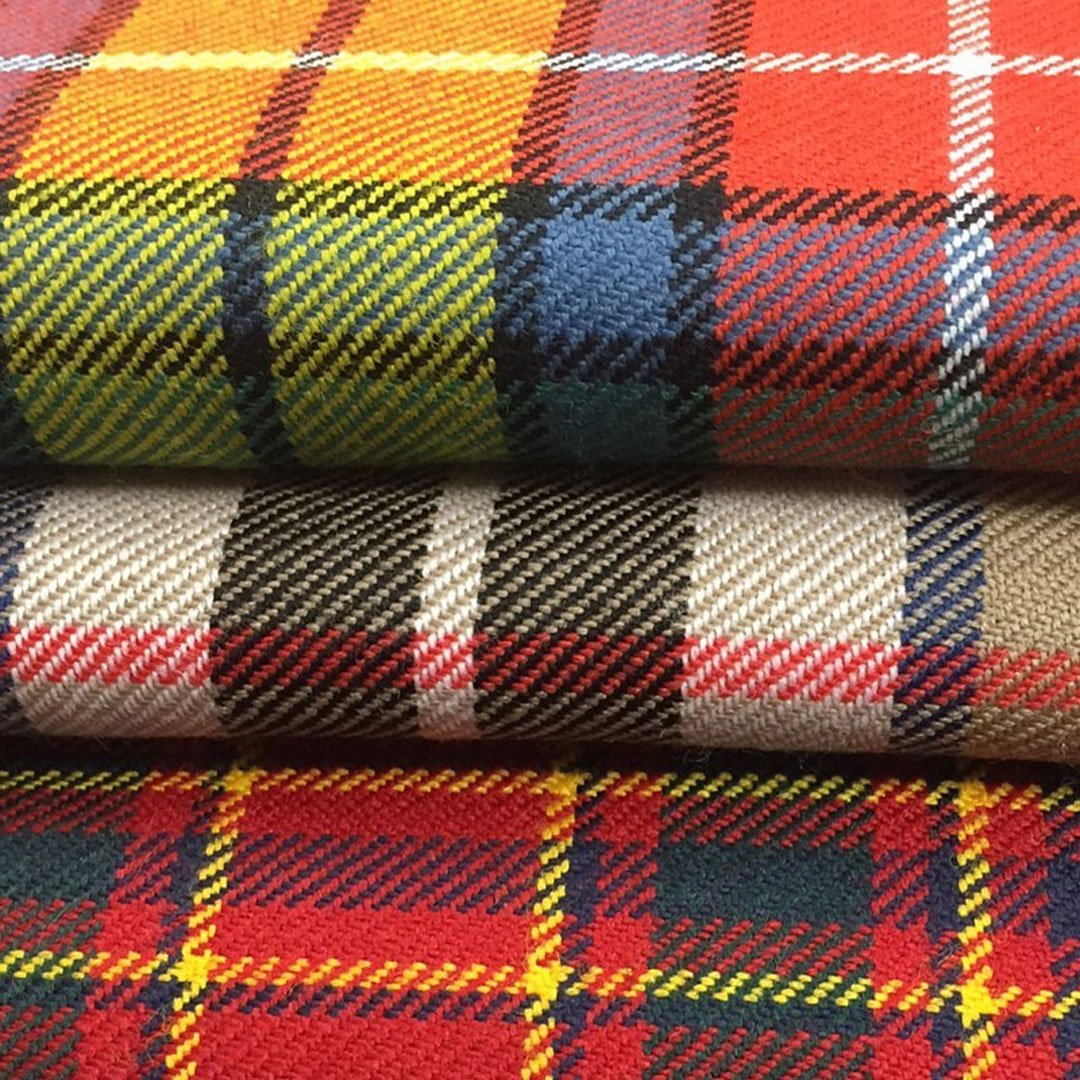
 100% Acrylic Wool
100% Acrylic Wool Available in 5500 tartans
Available in 5500 tartans Custom made in 1-2 weeks
Custom made in 1-2 weeks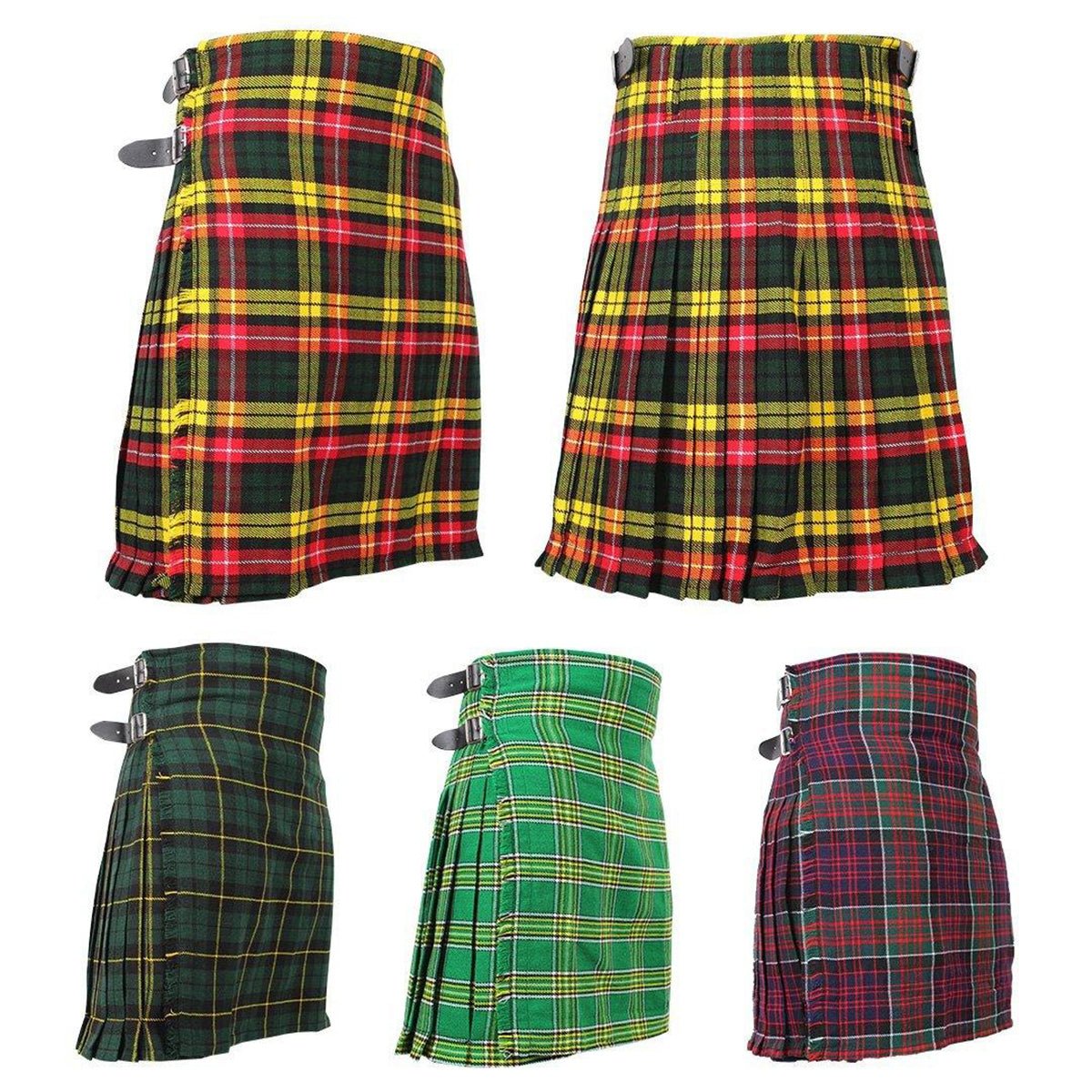
 100% Acrylic Wool
100% Acrylic Wool Available in 5500 tartans
Available in 5500 tartans Custom made in 1-2 weeks
Custom made in 1-2 weeks Kilt Available In 5-8-9 Yards
Kilt Available In 5-8-9 Yards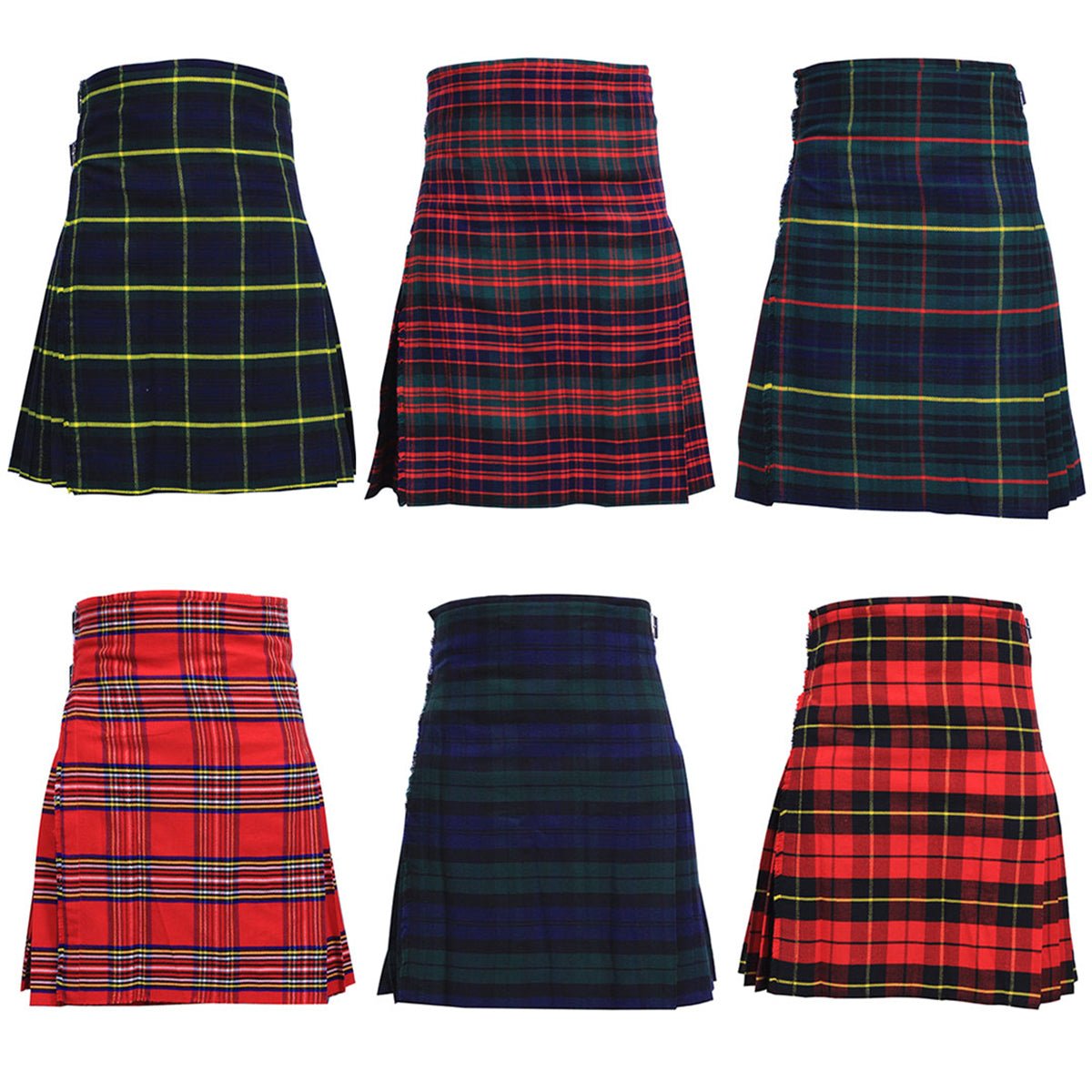
 100% Acrylic Wool
100% Acrylic Wool Available in 5500 tartans
Available in 5500 tartans Custom made in 1-2 weeks
Custom made in 1-2 weeks Kilt Available In 5-8-9 Yards
Kilt Available In 5-8-9 Yards
